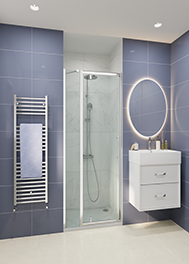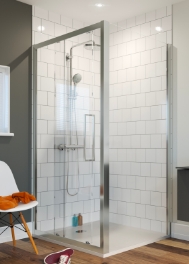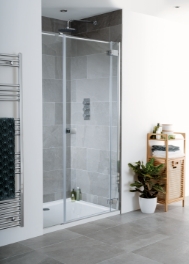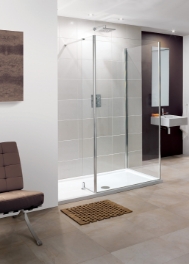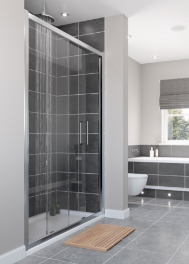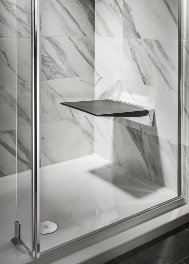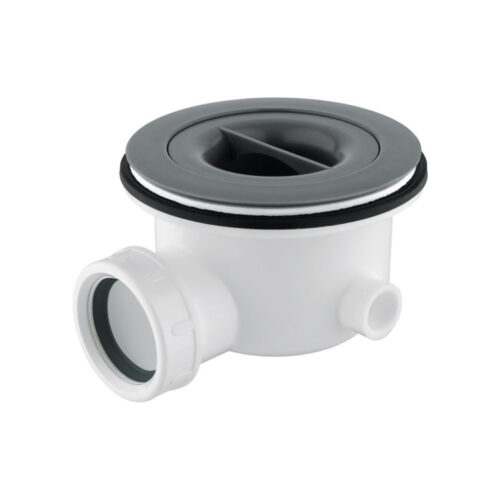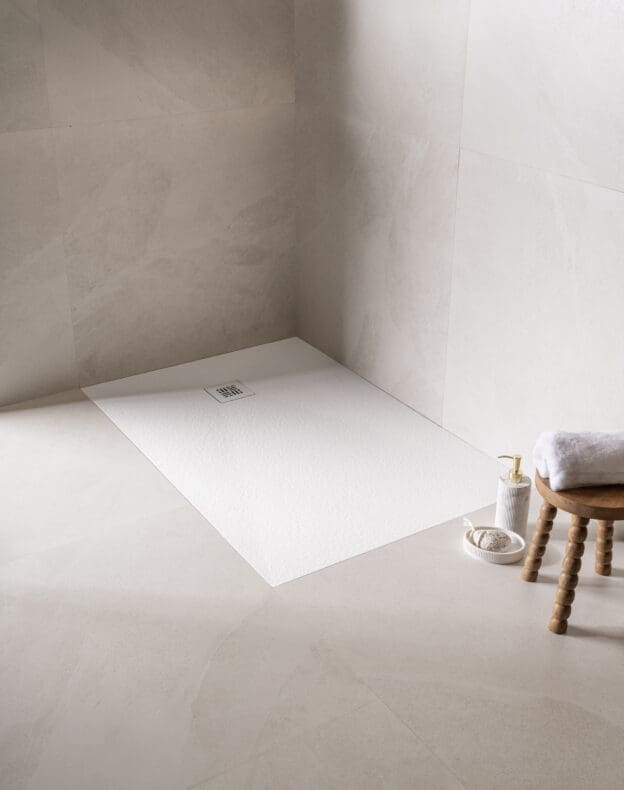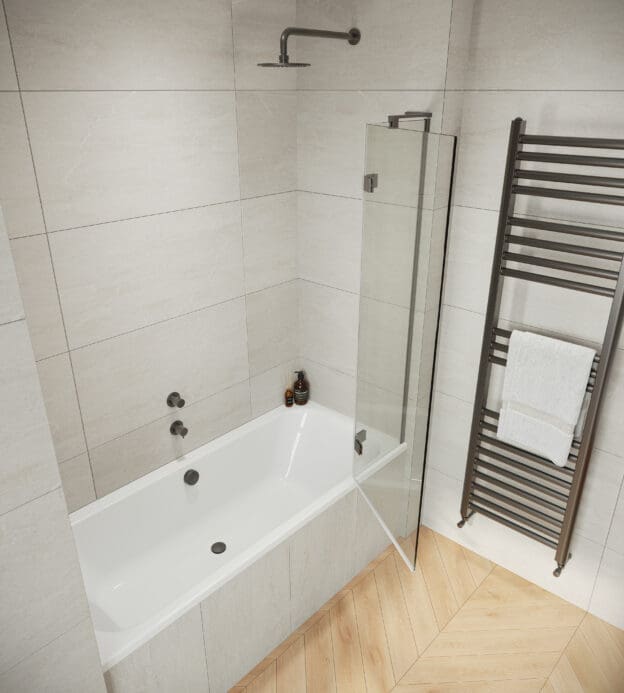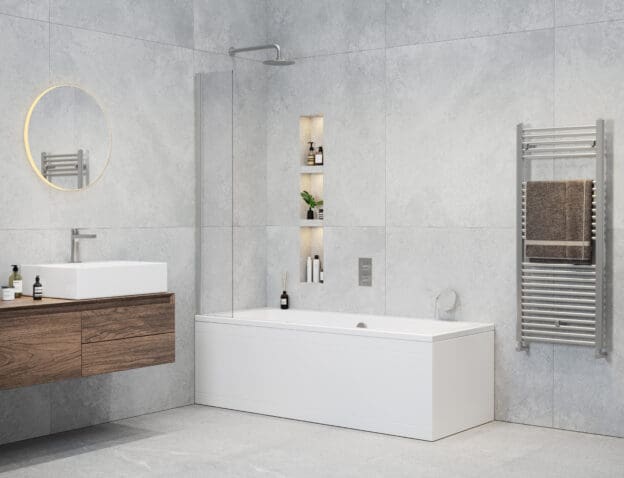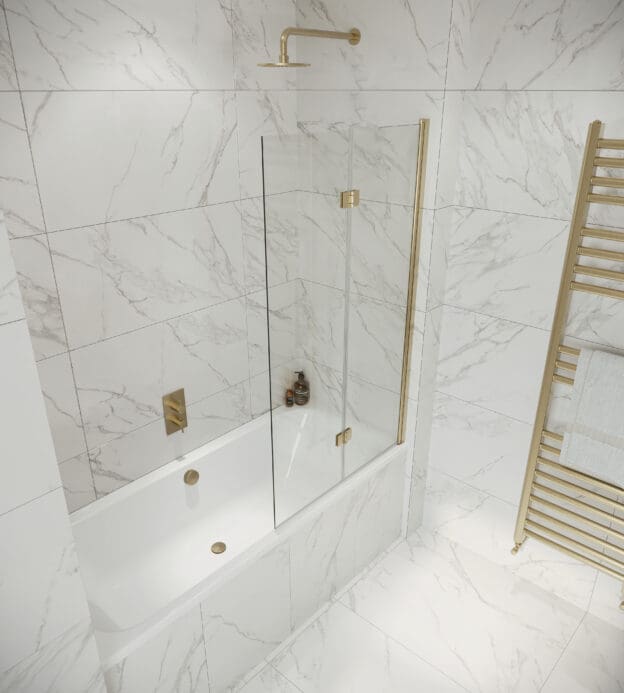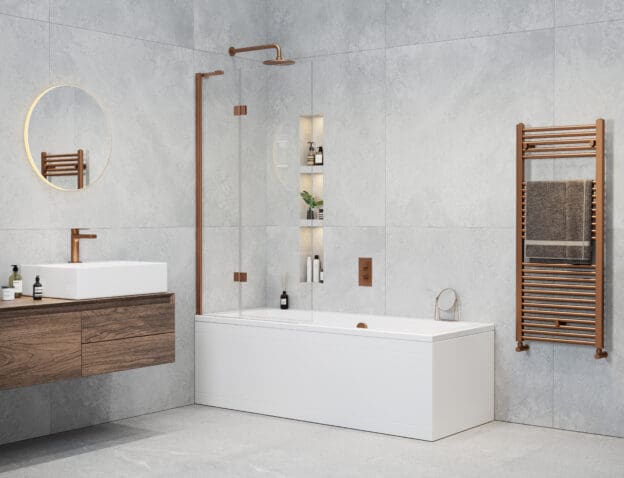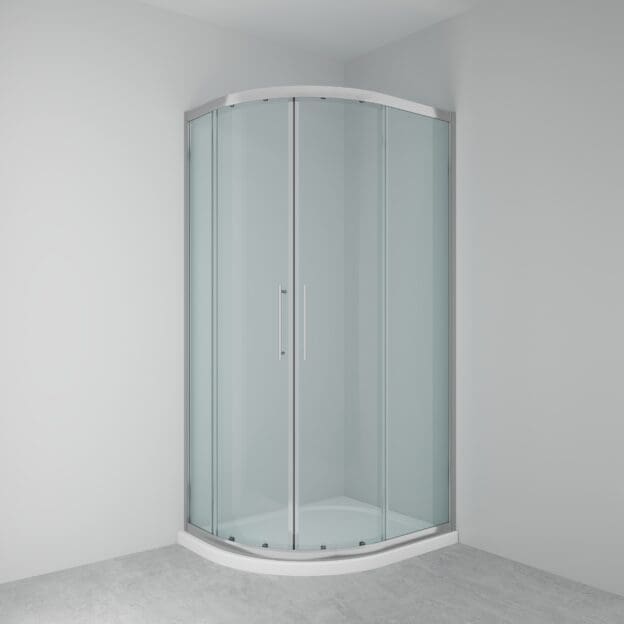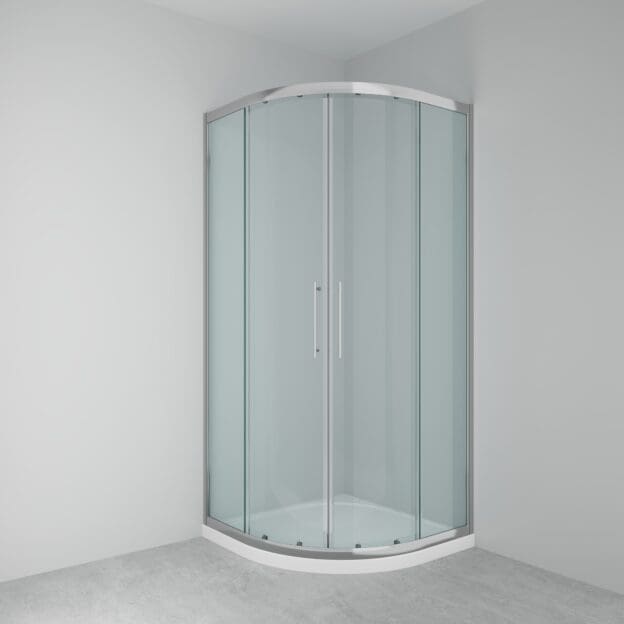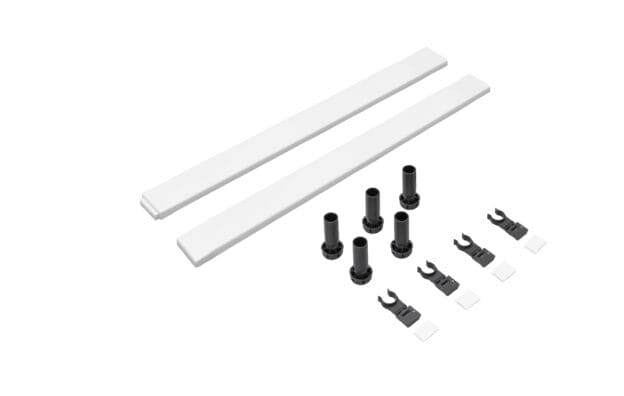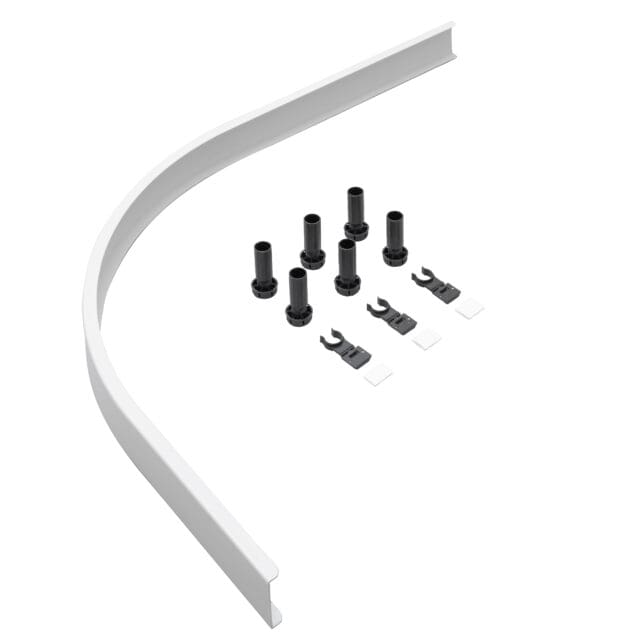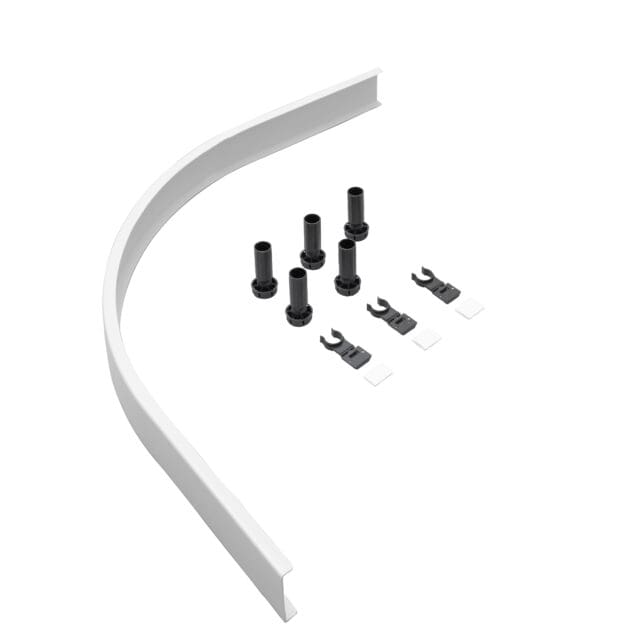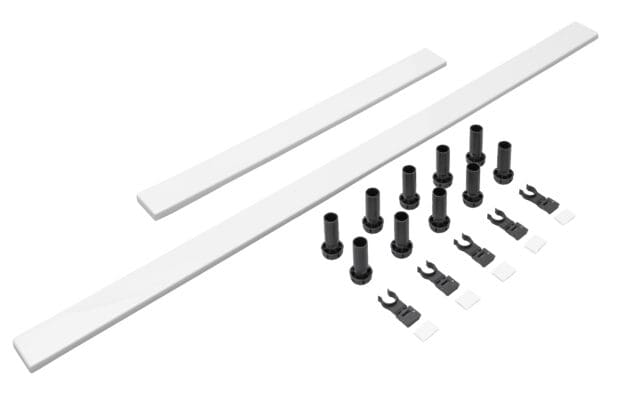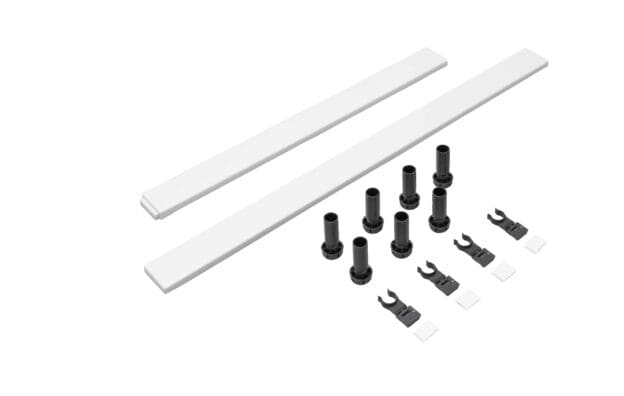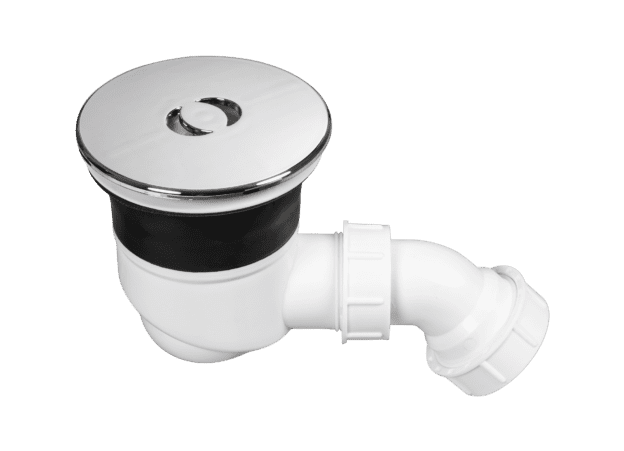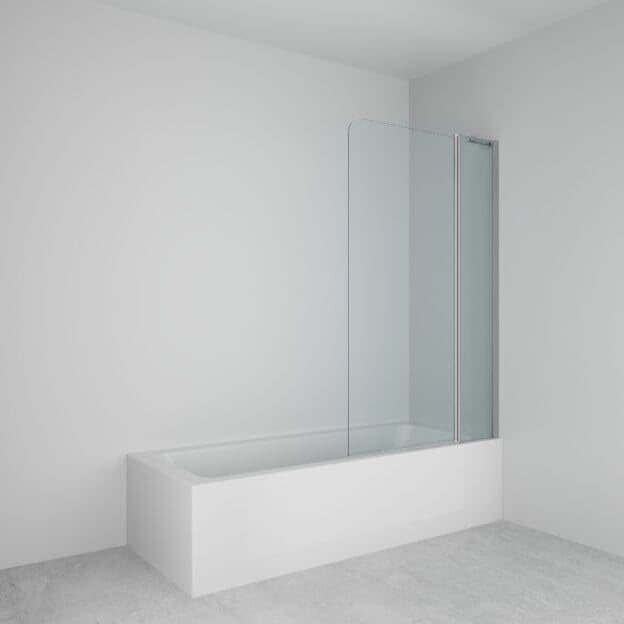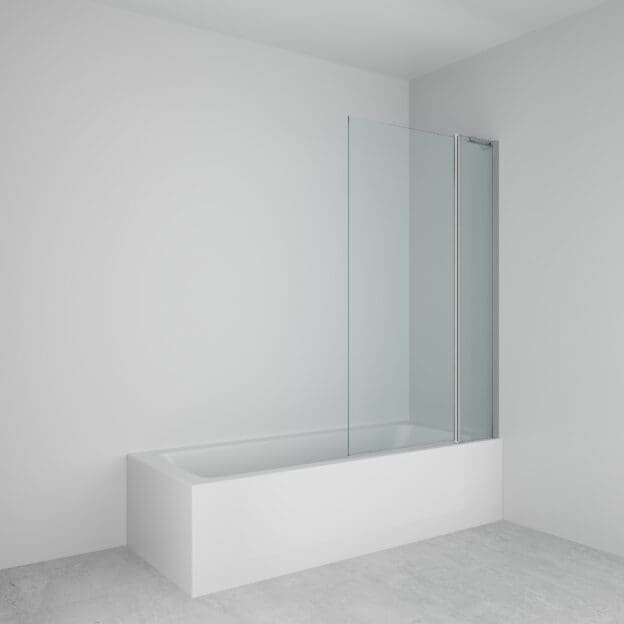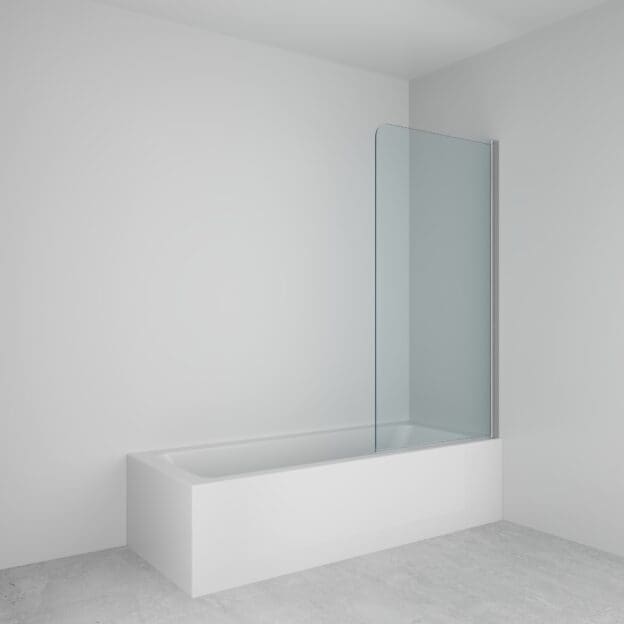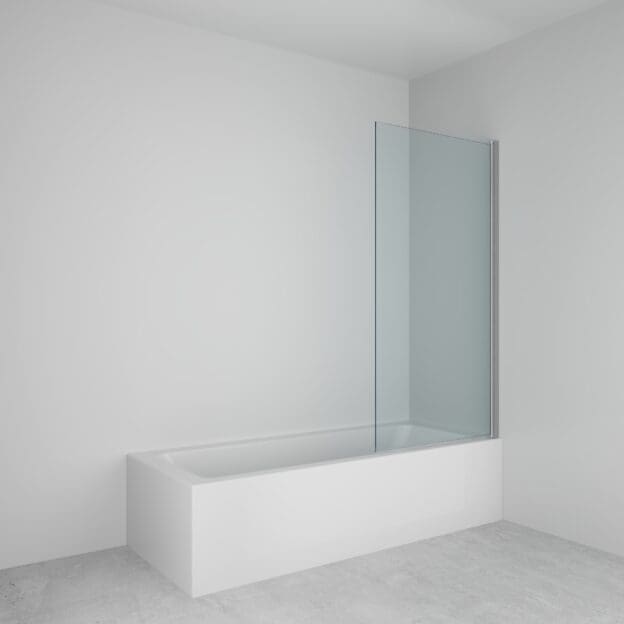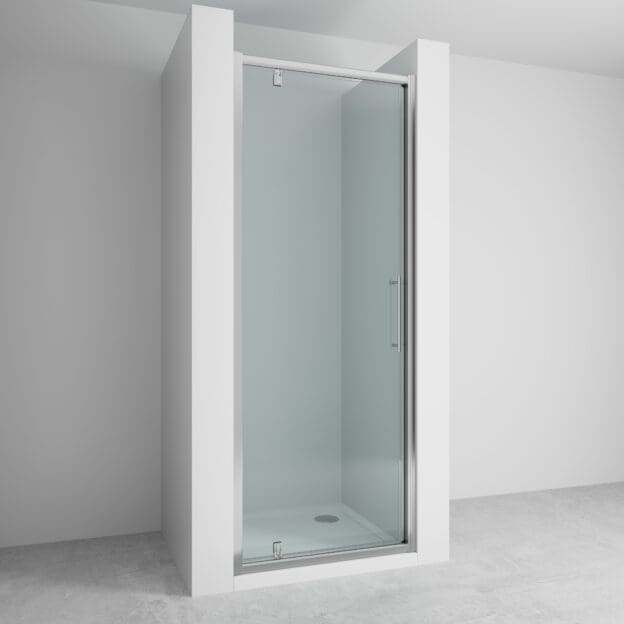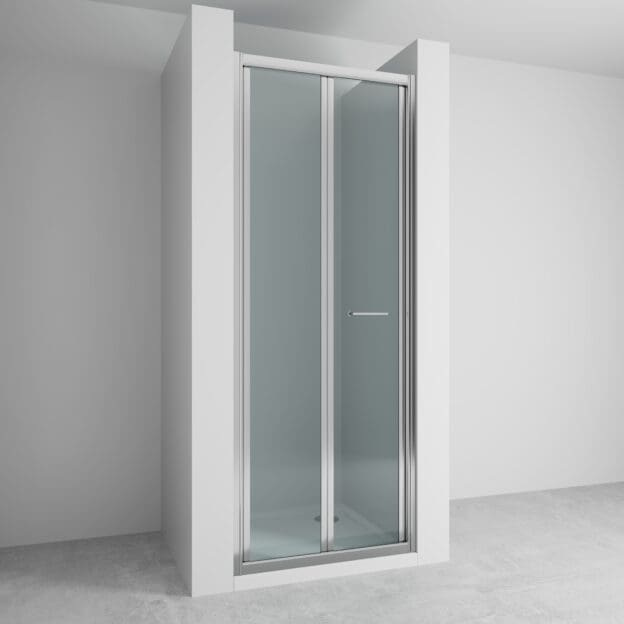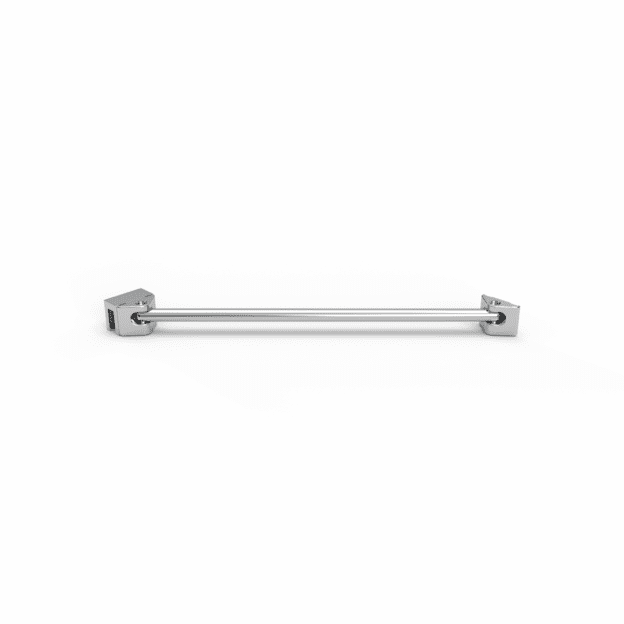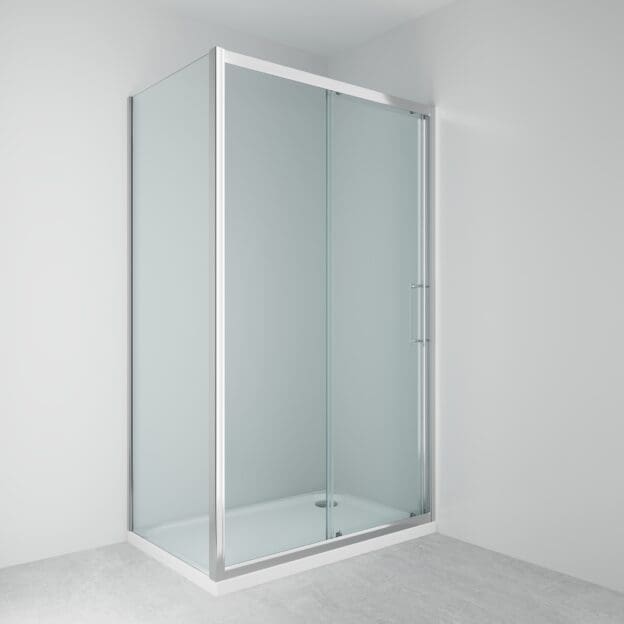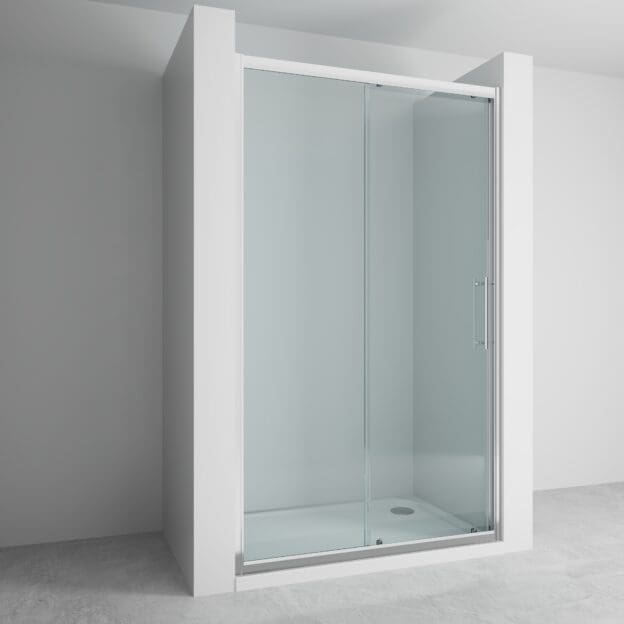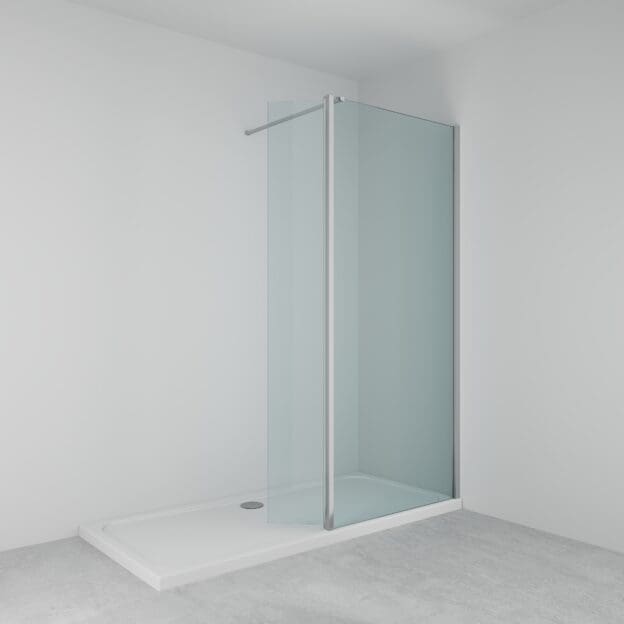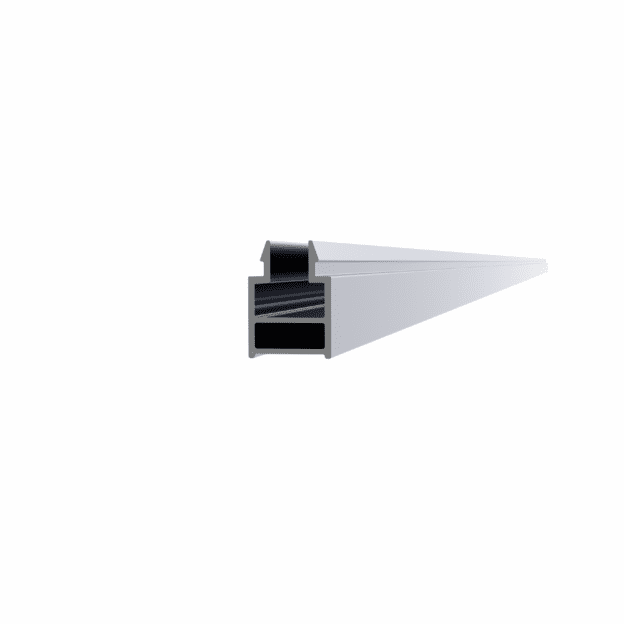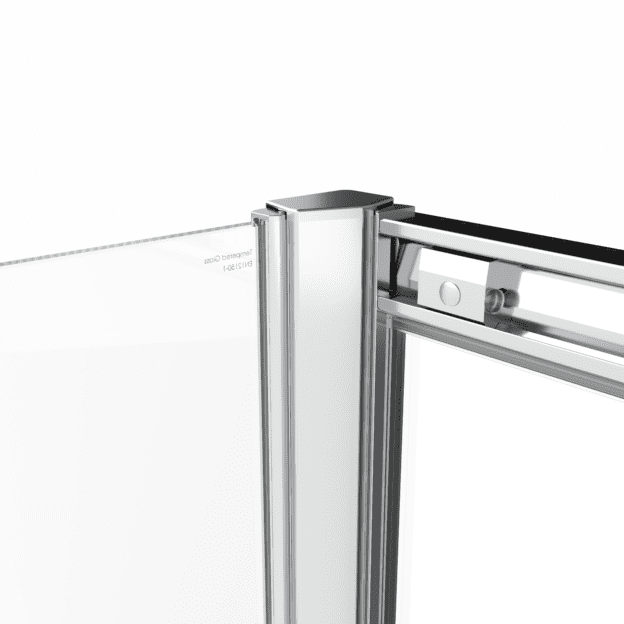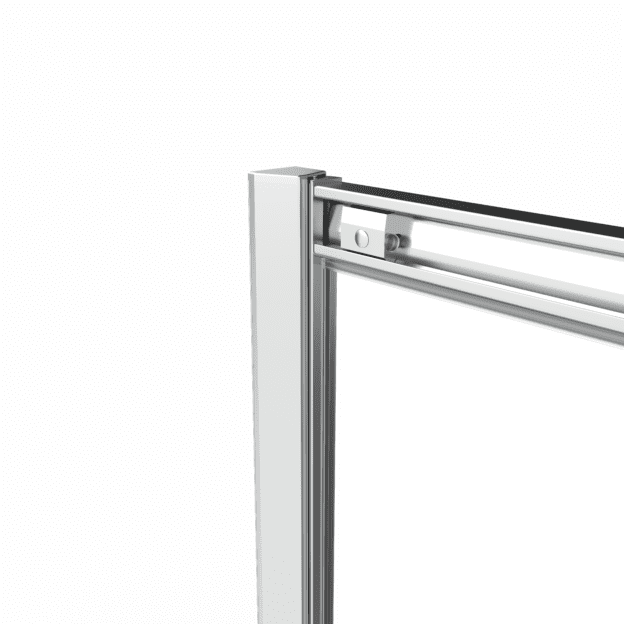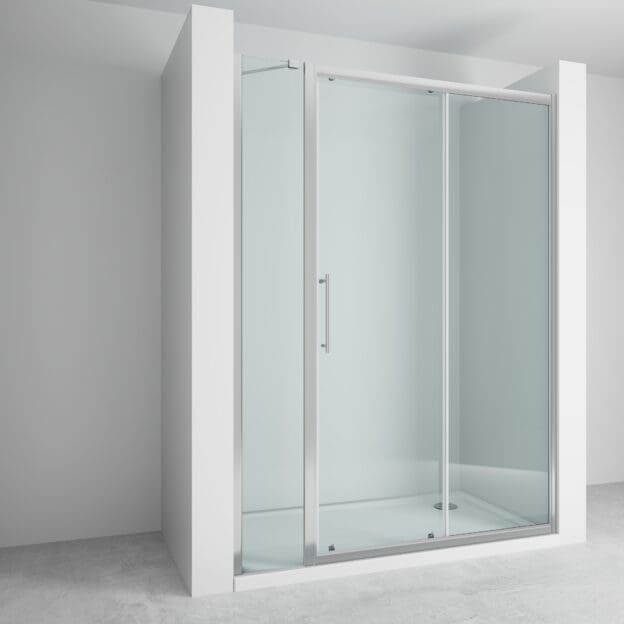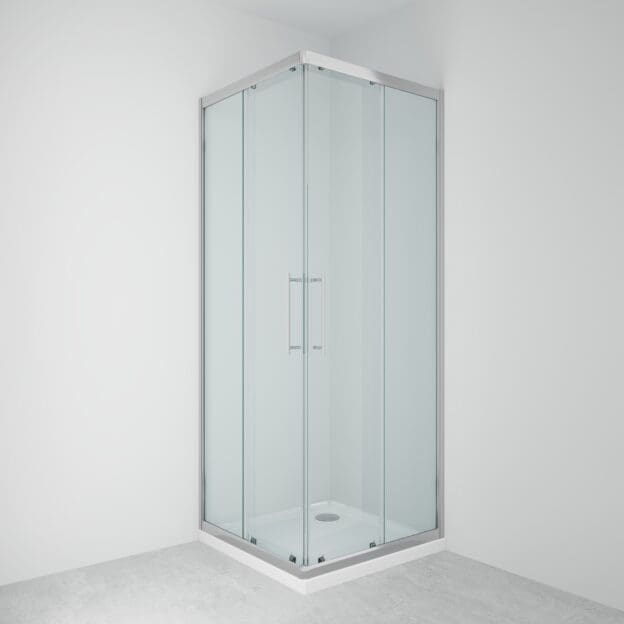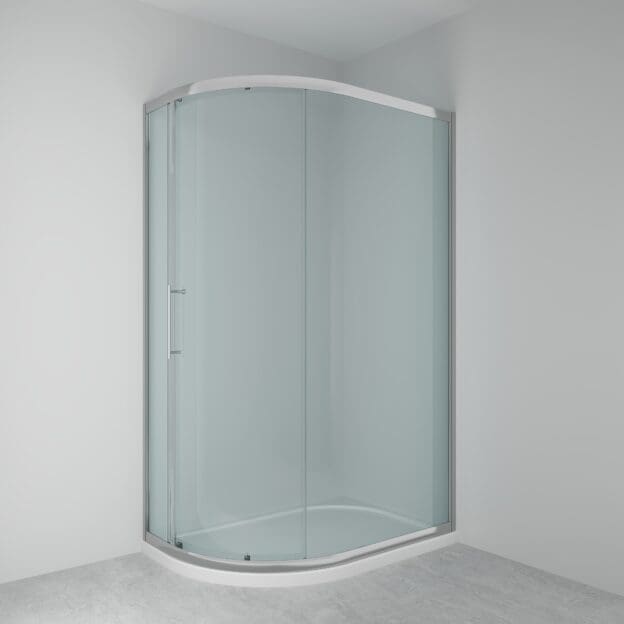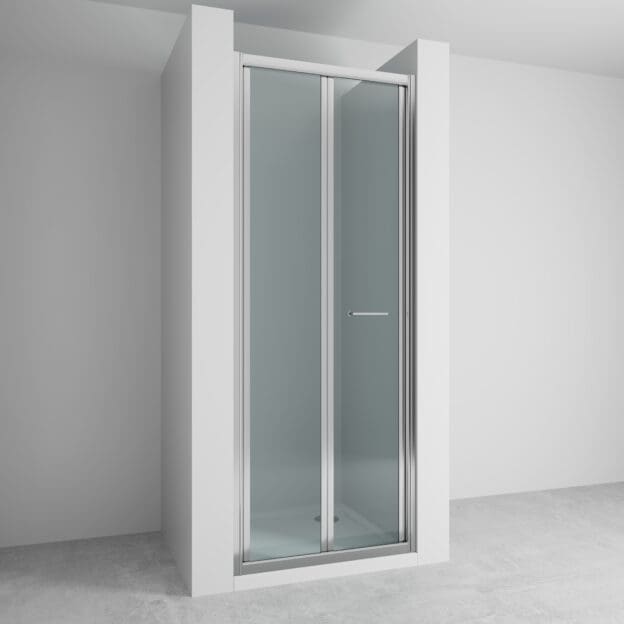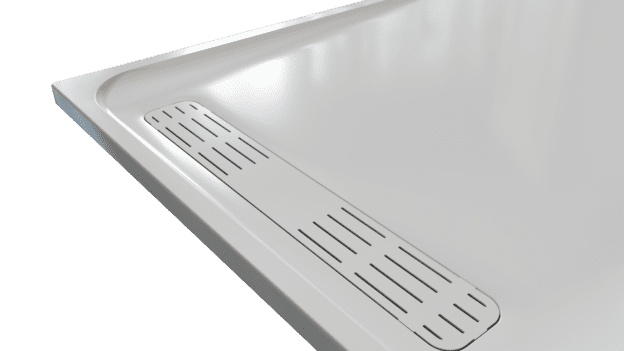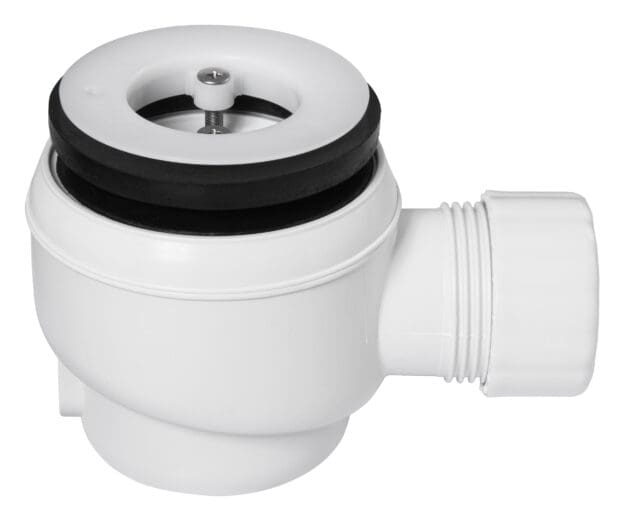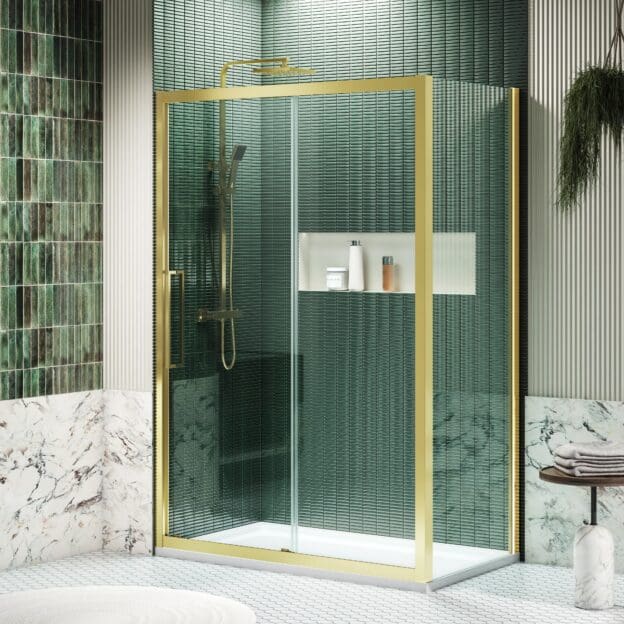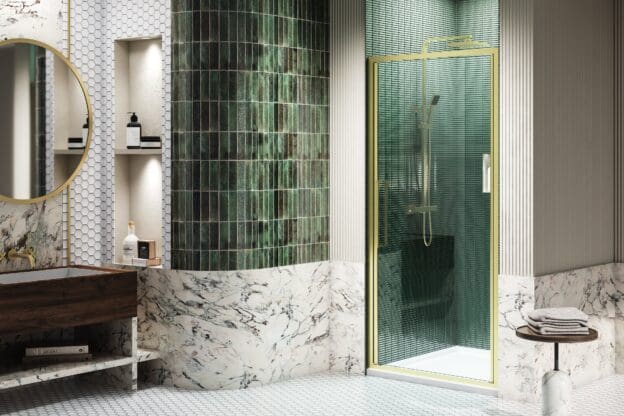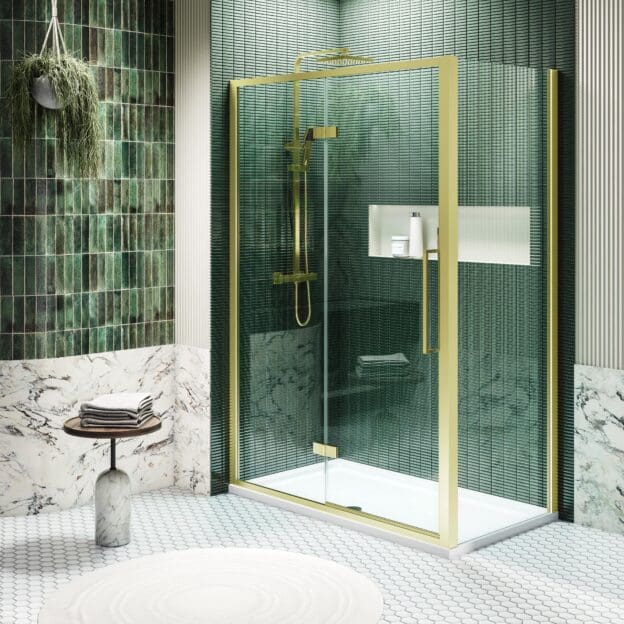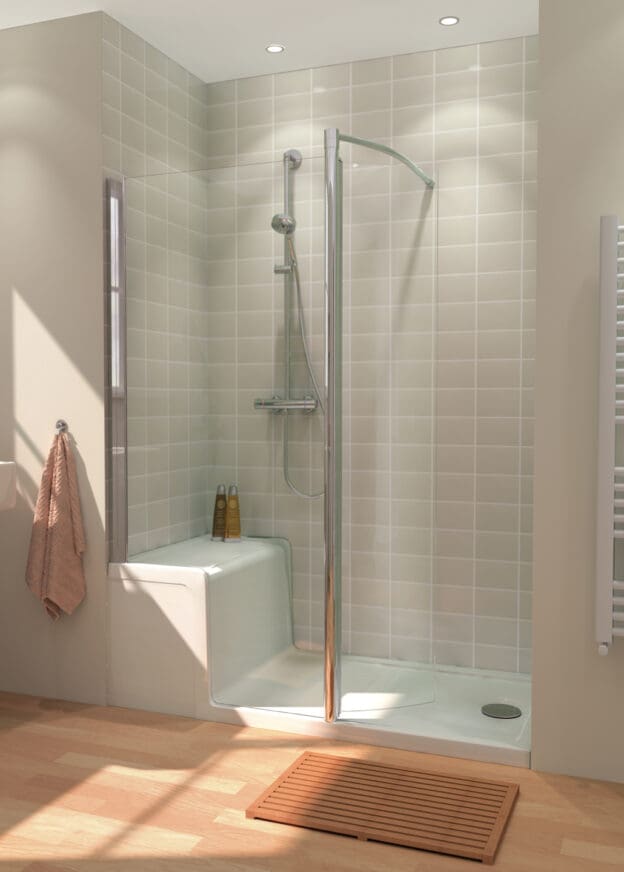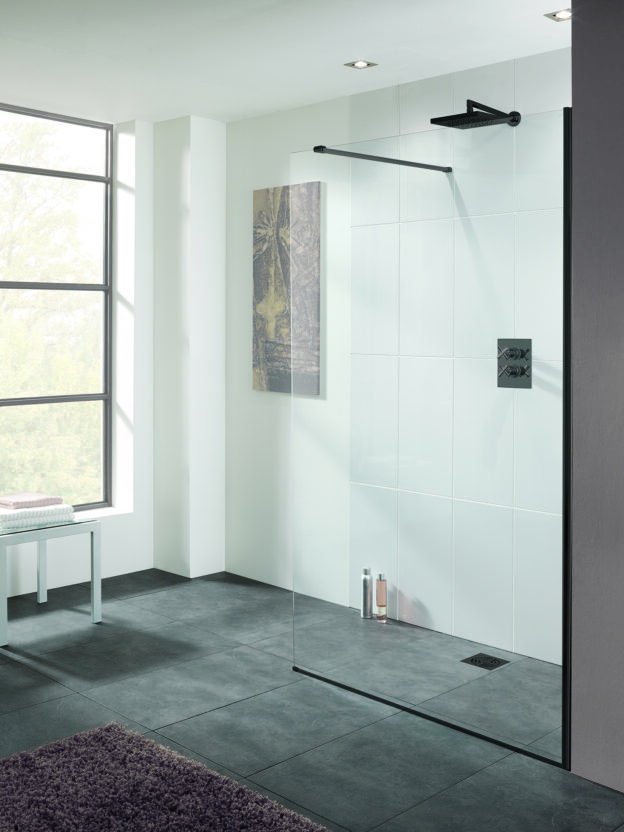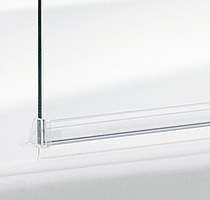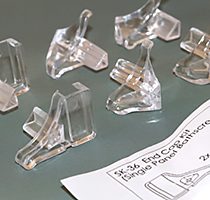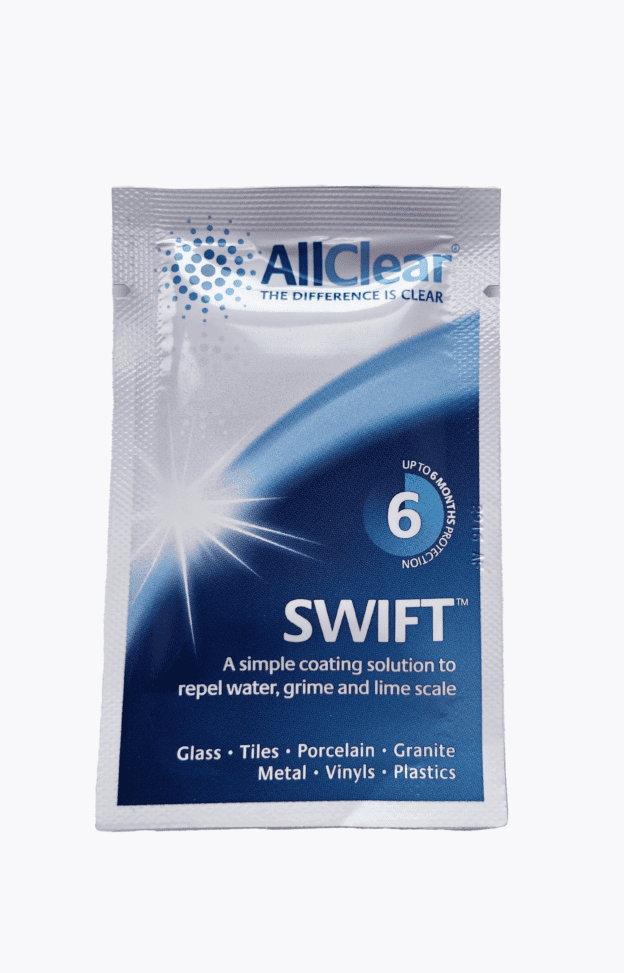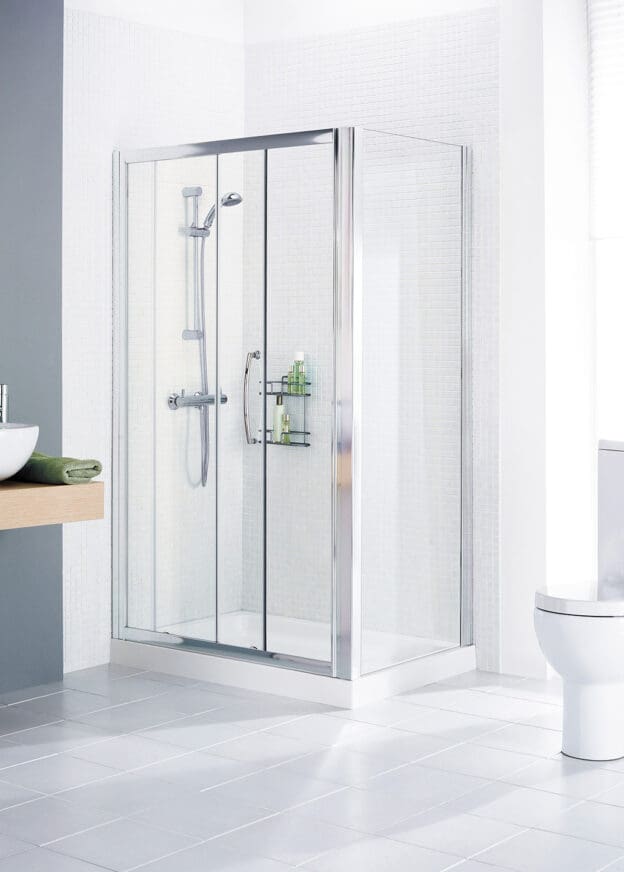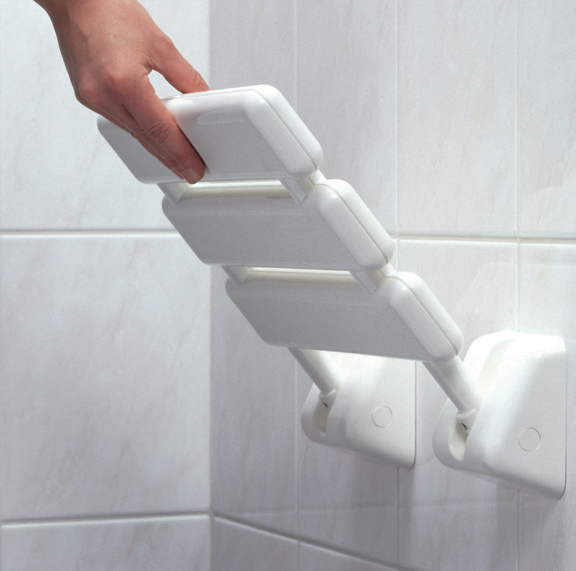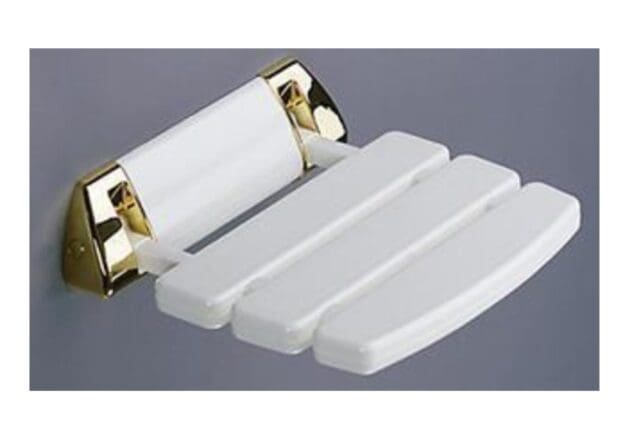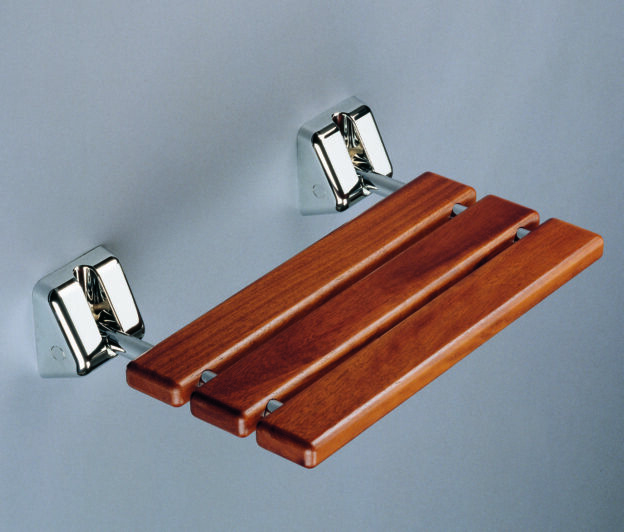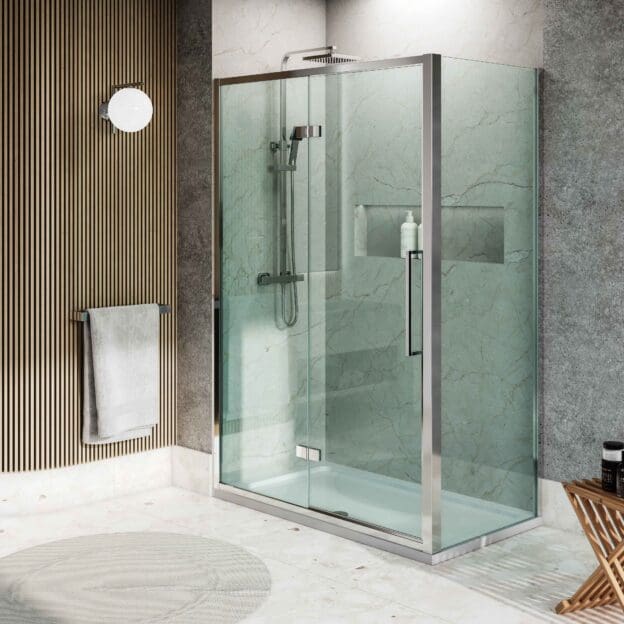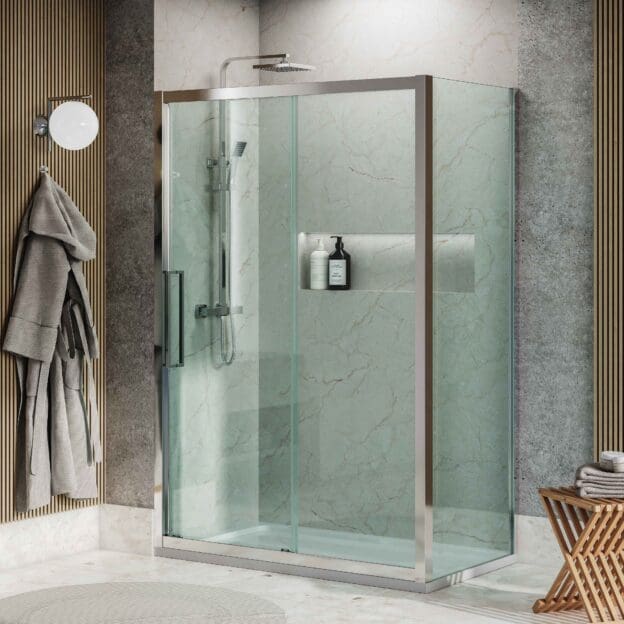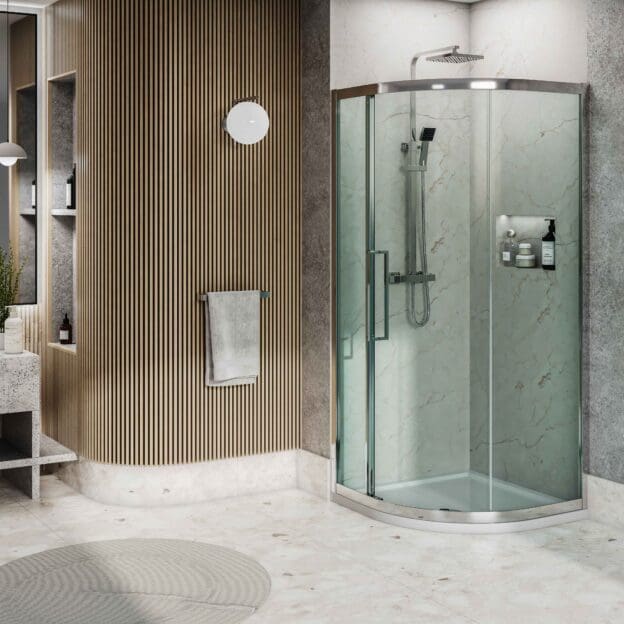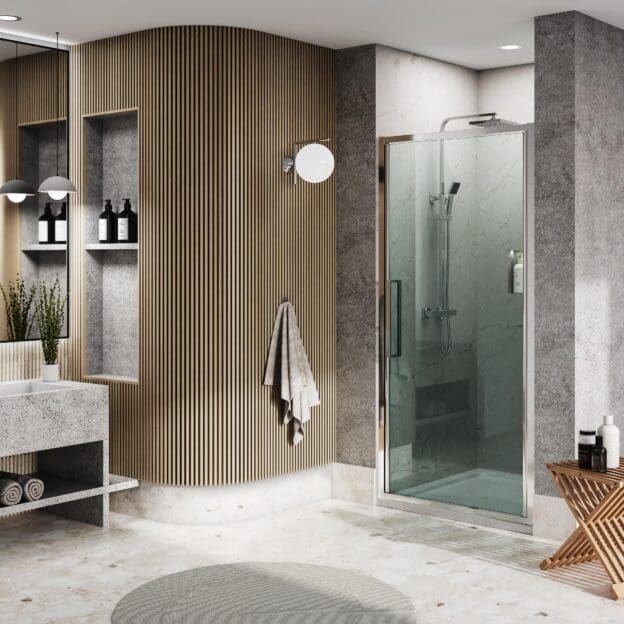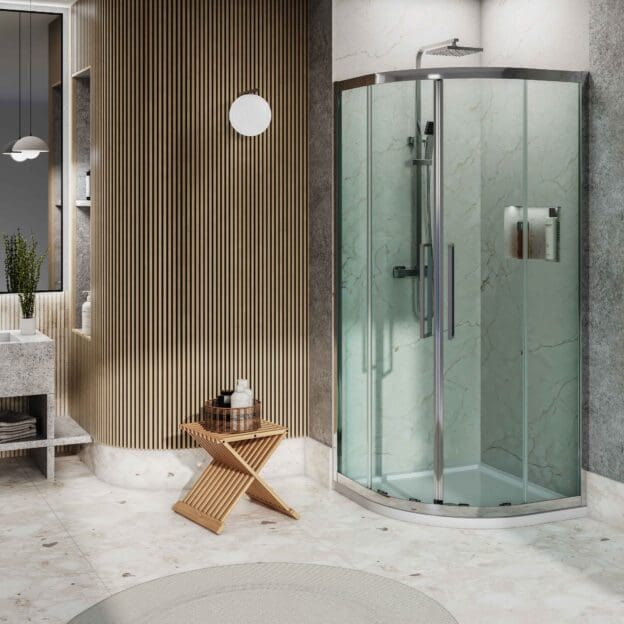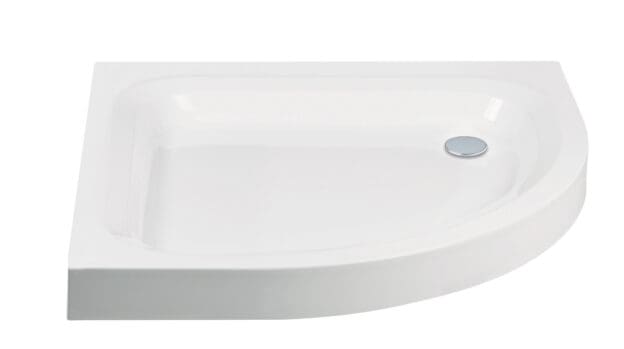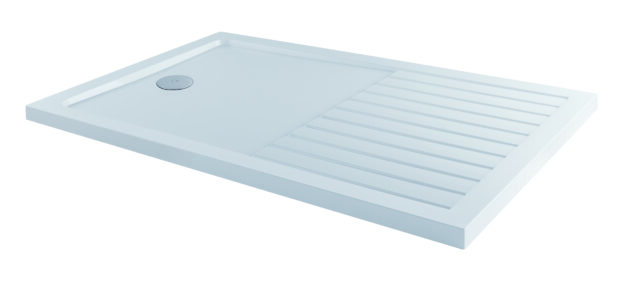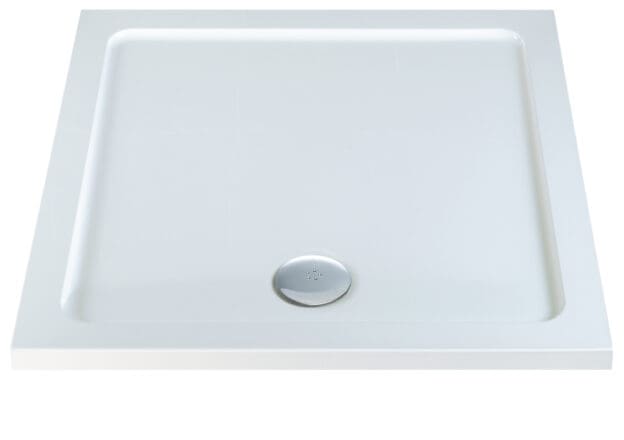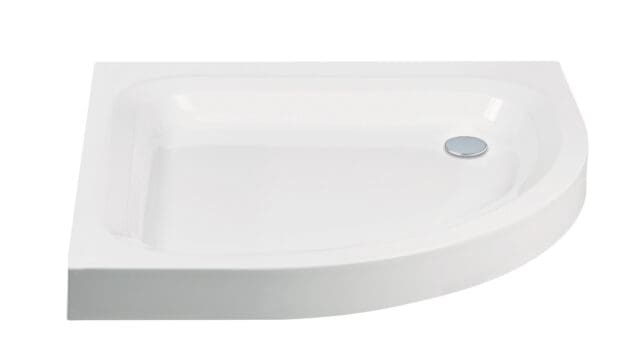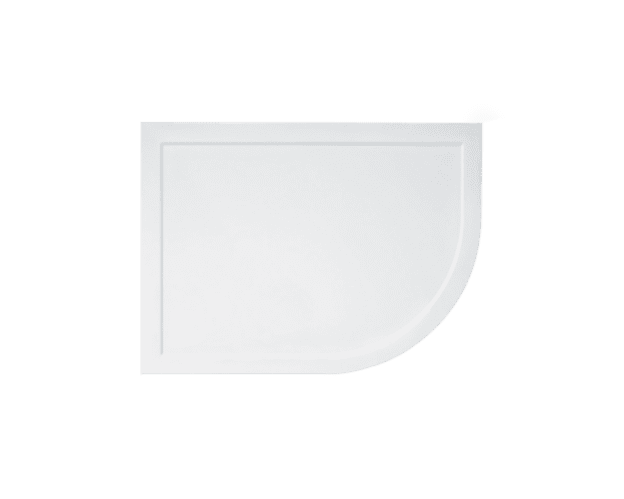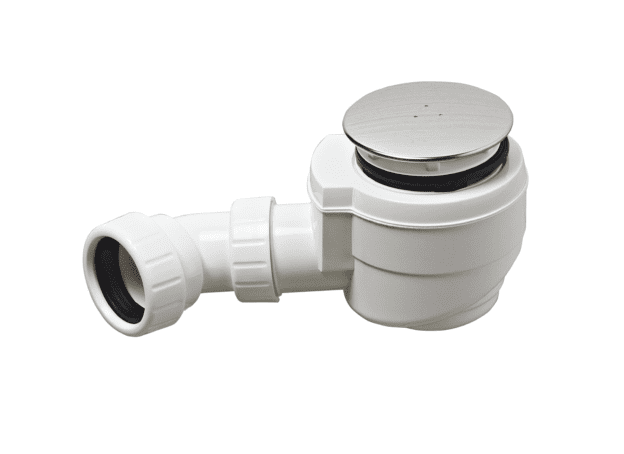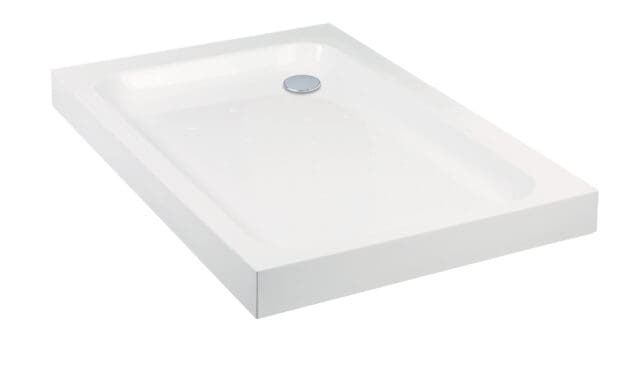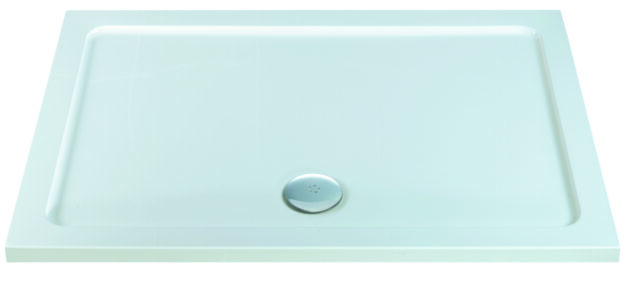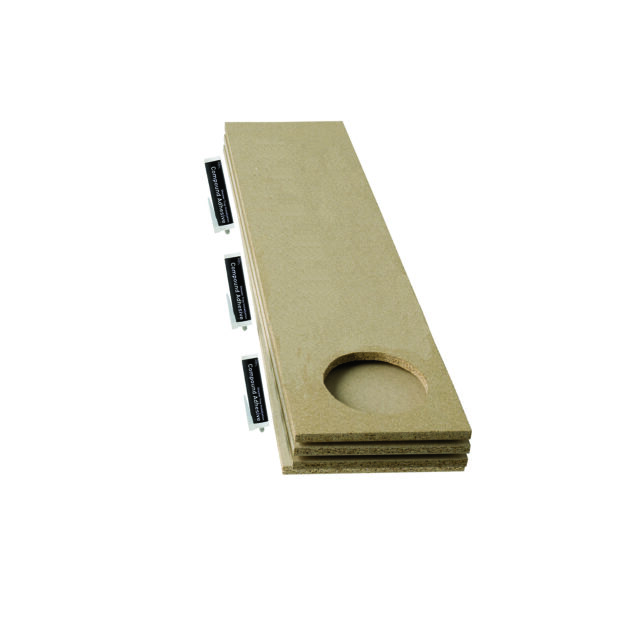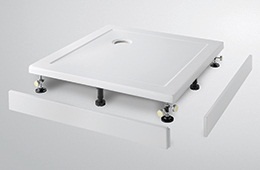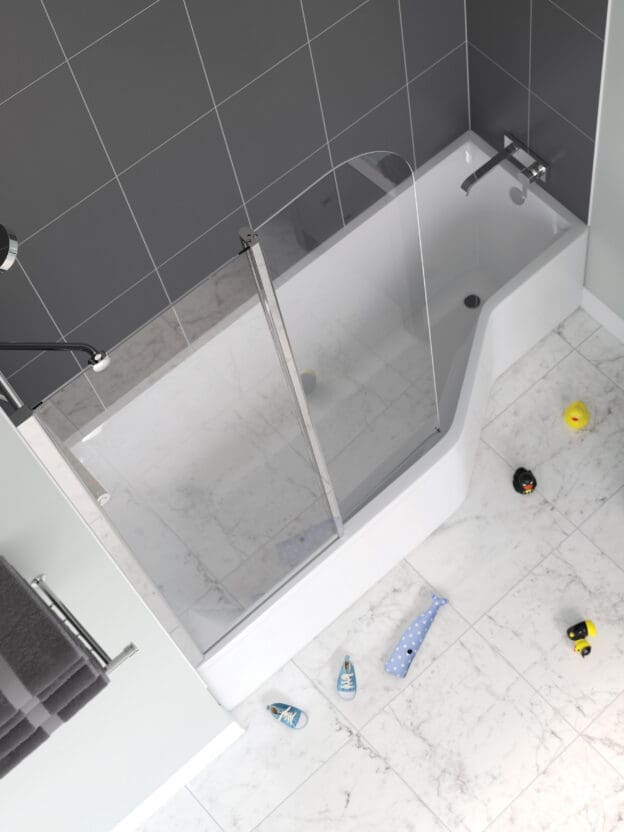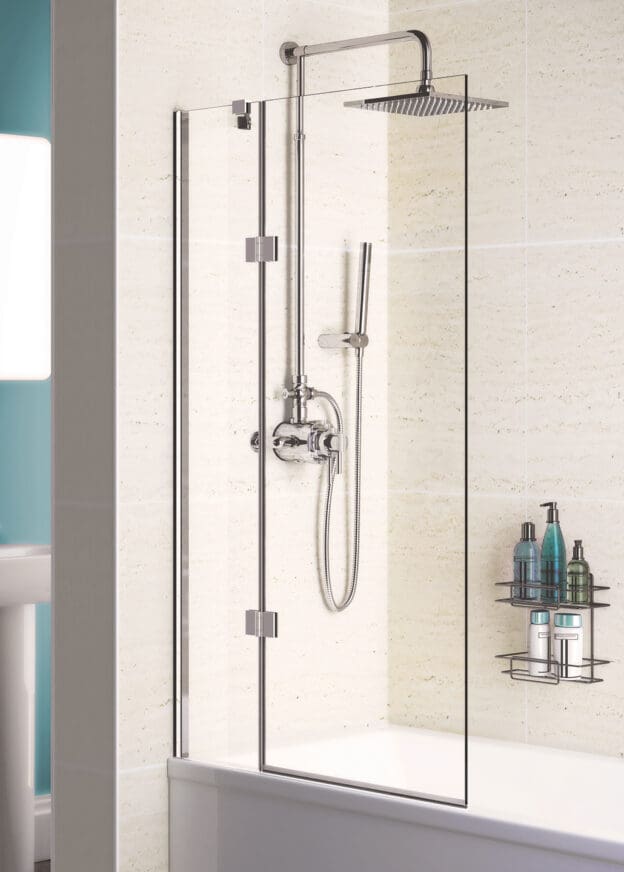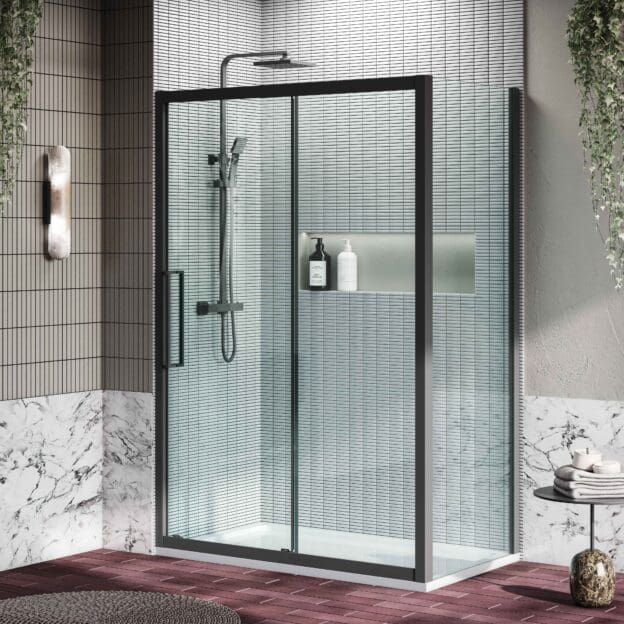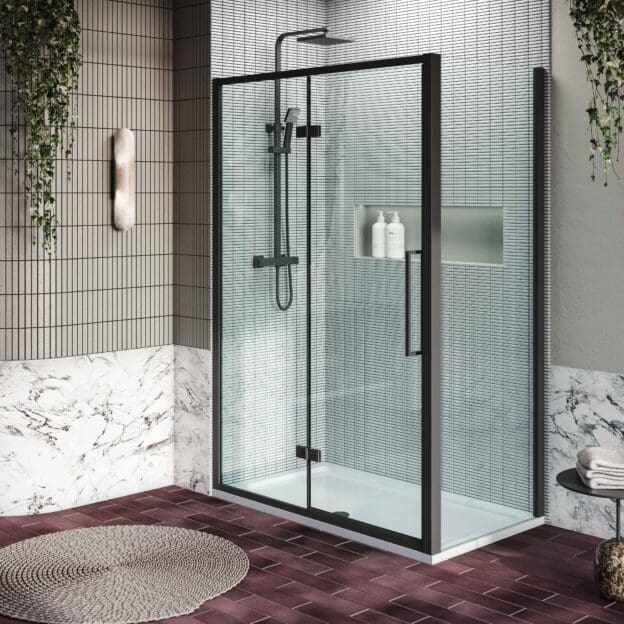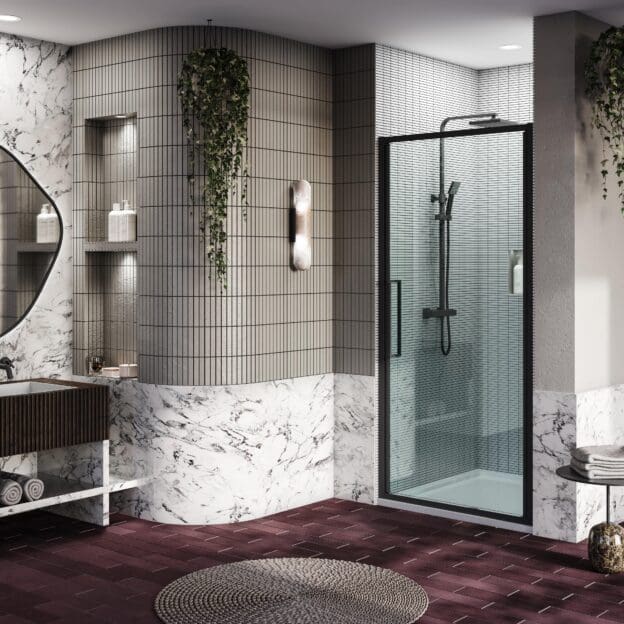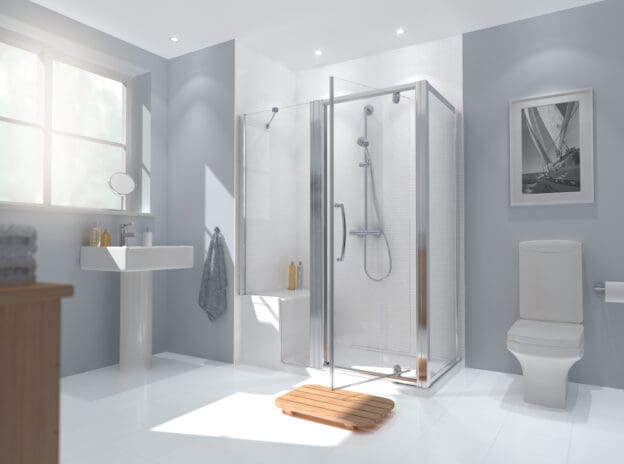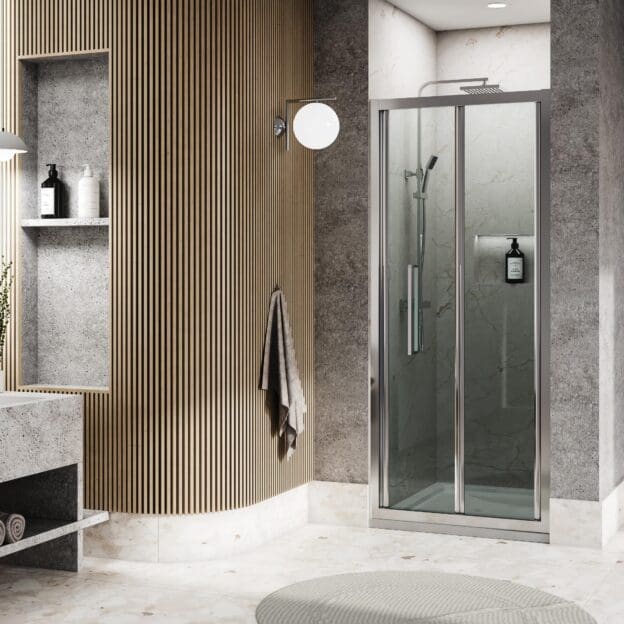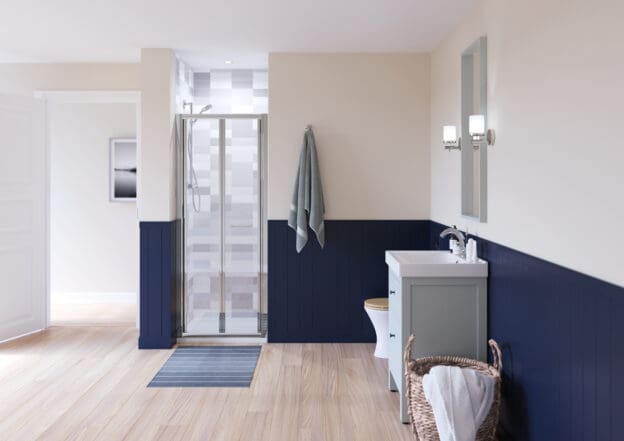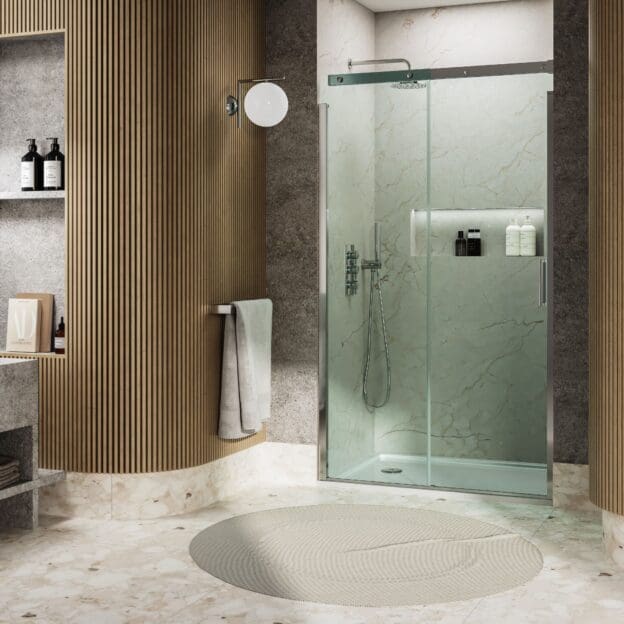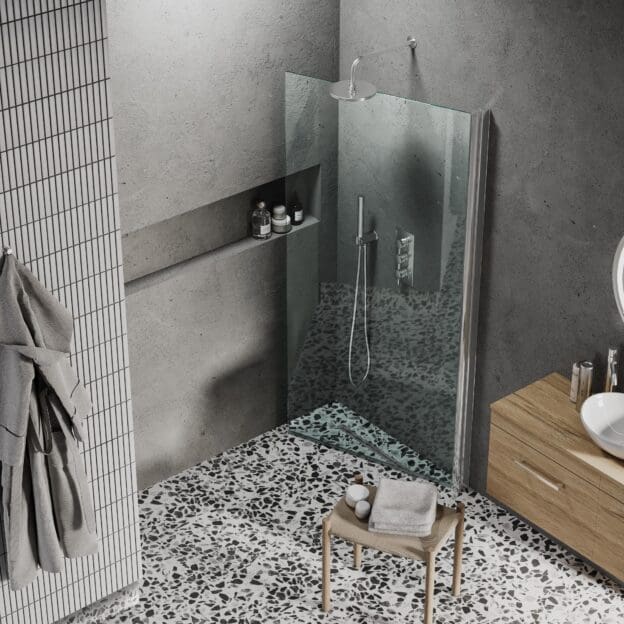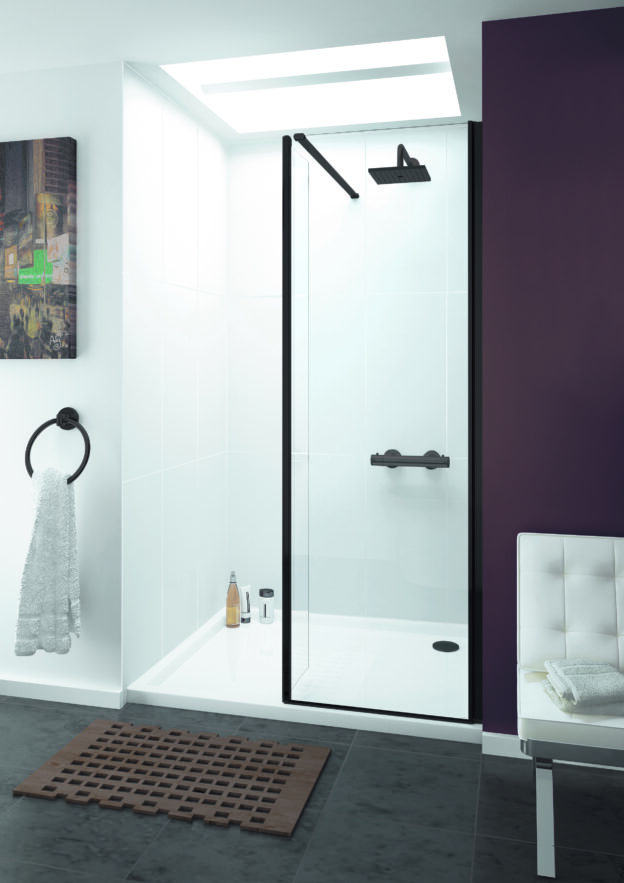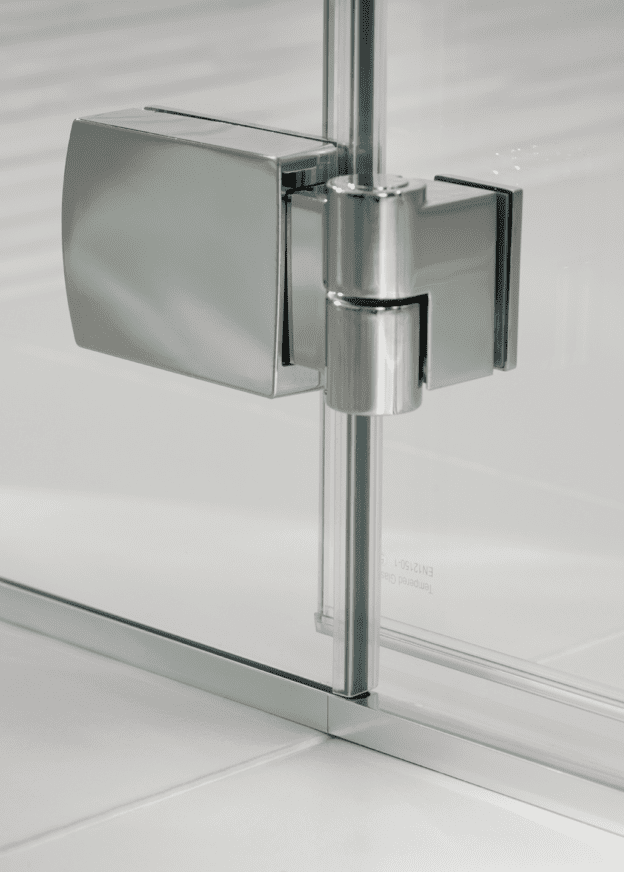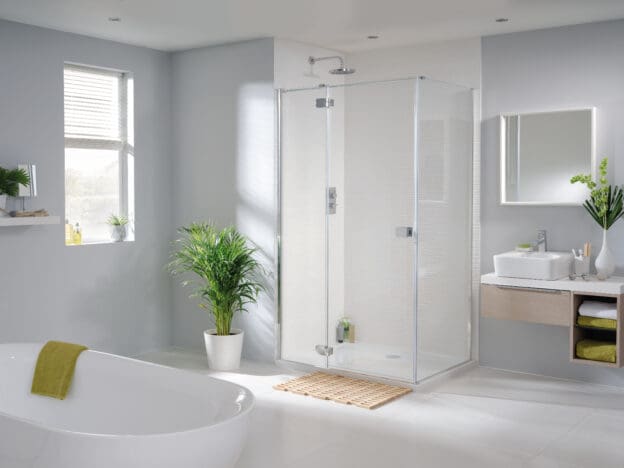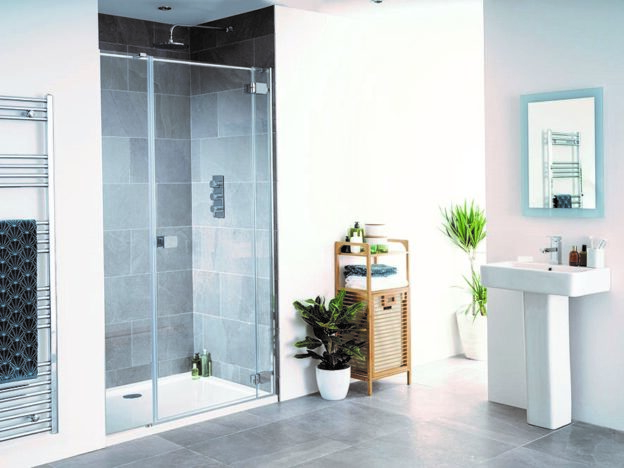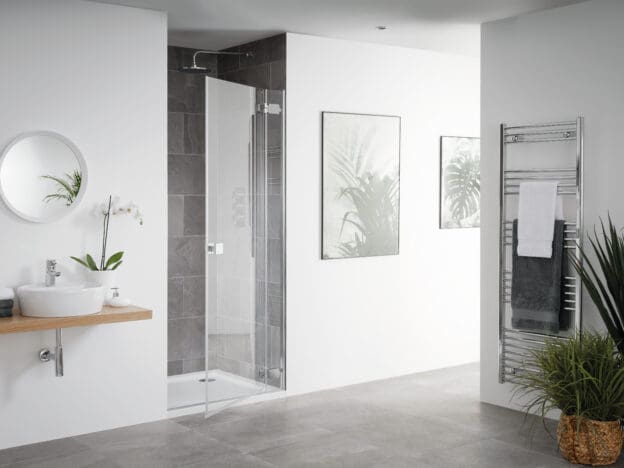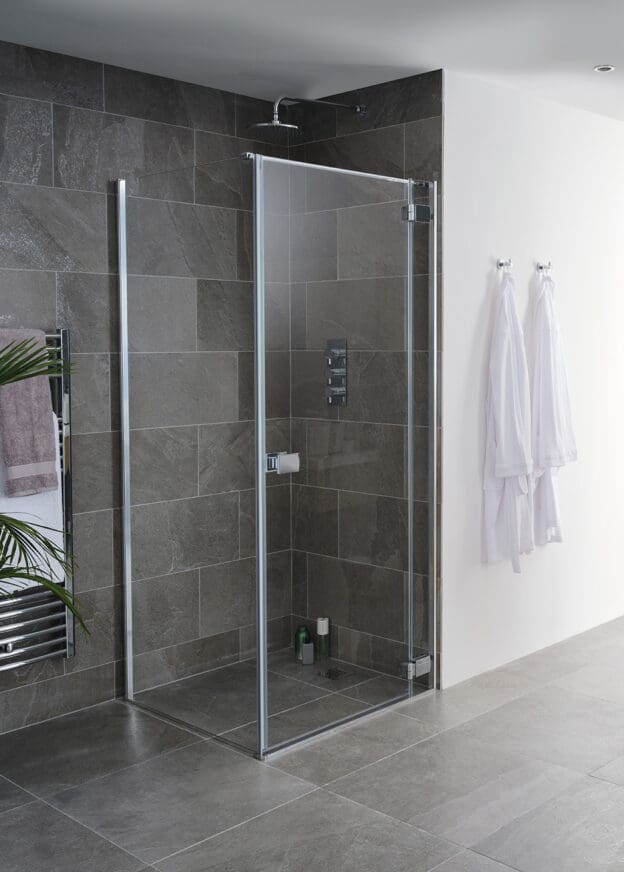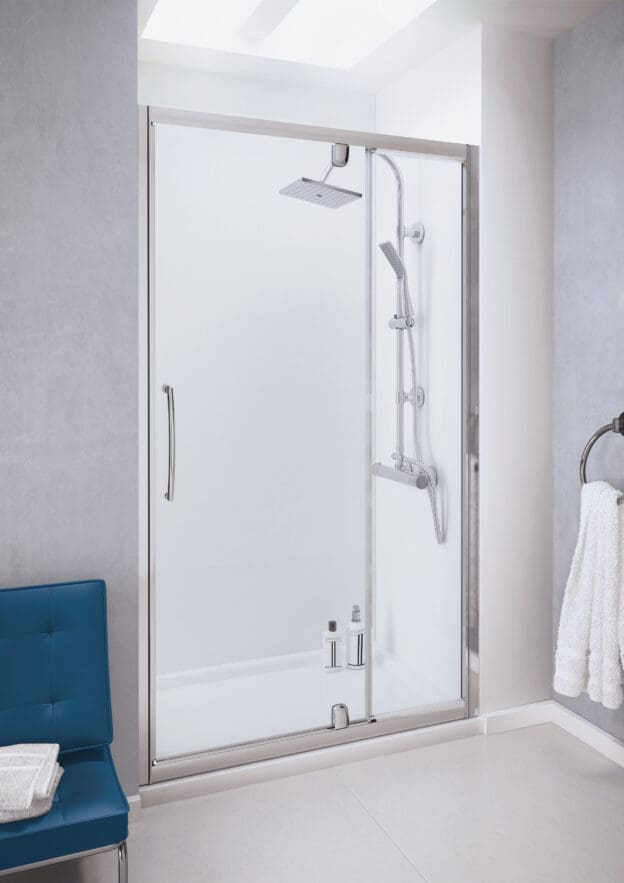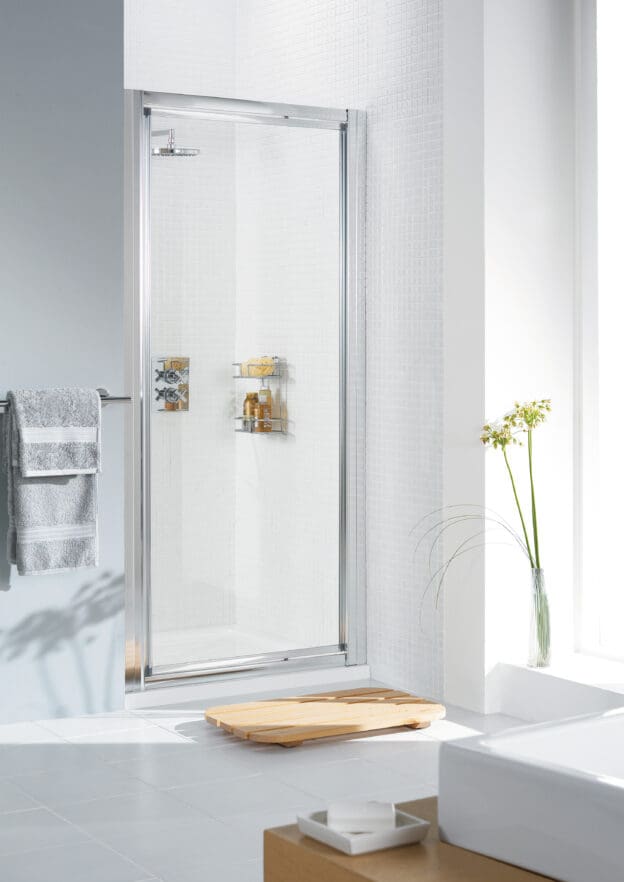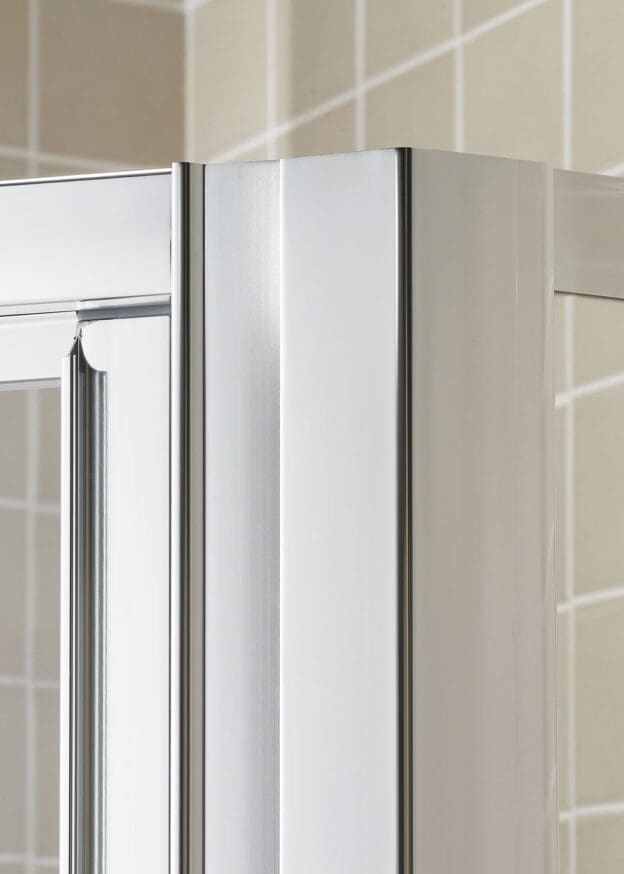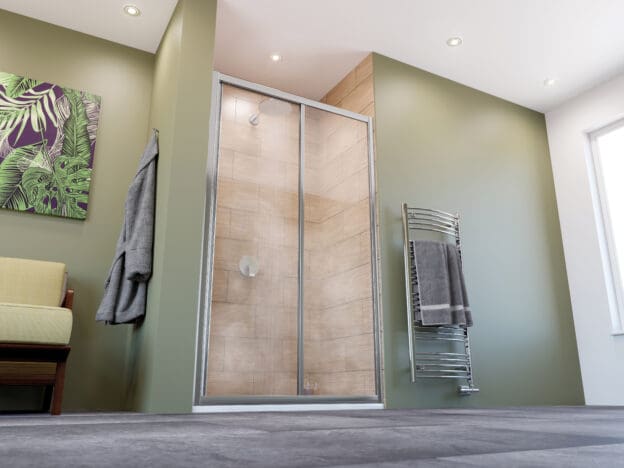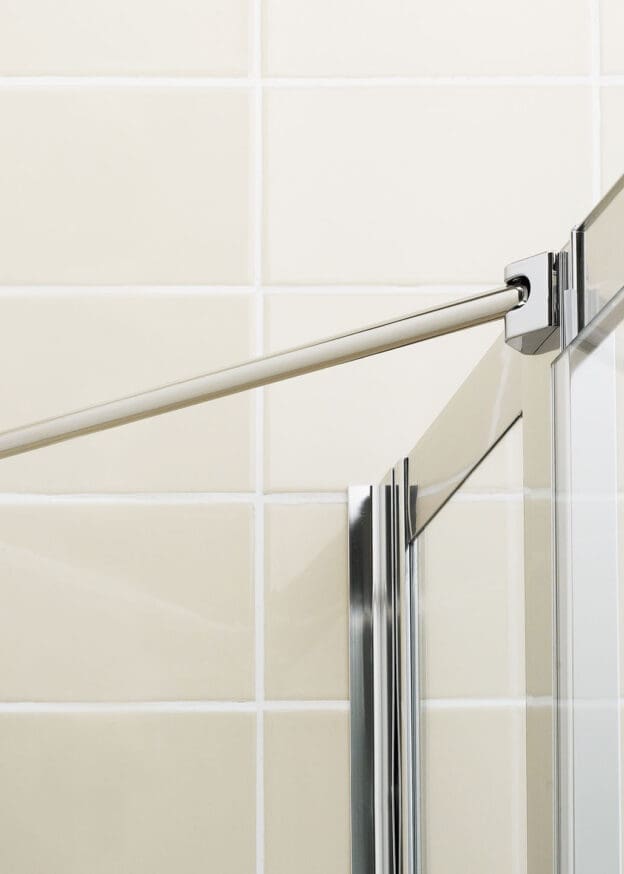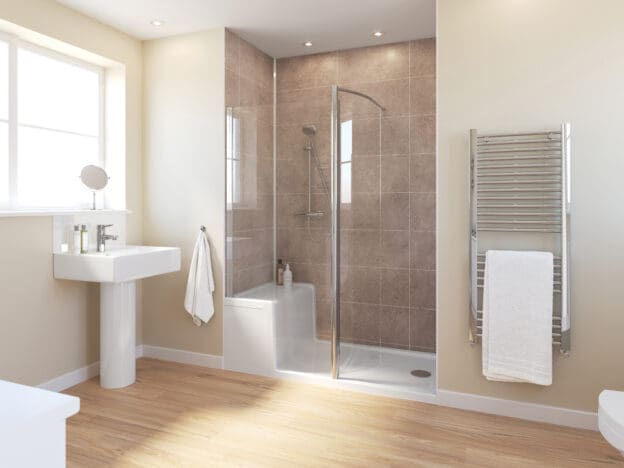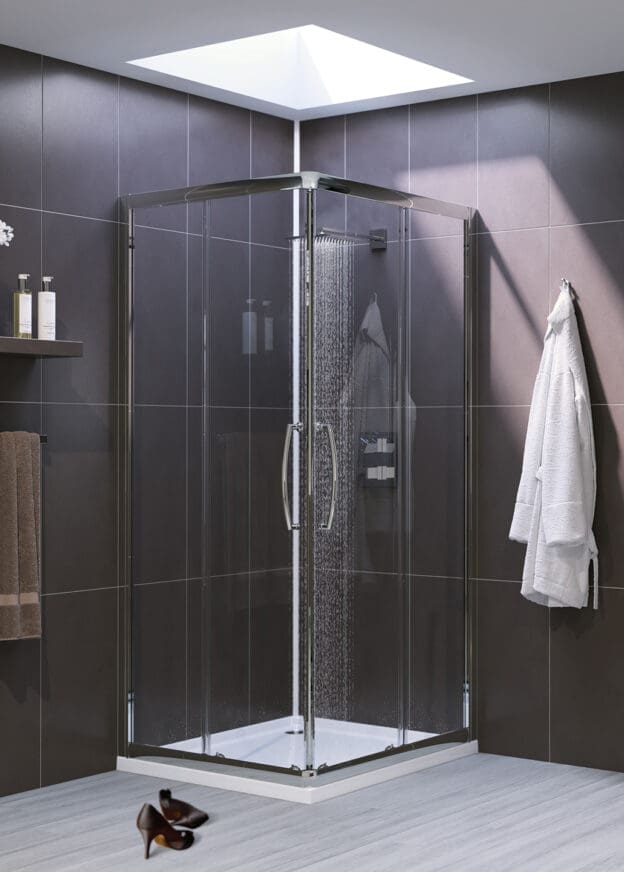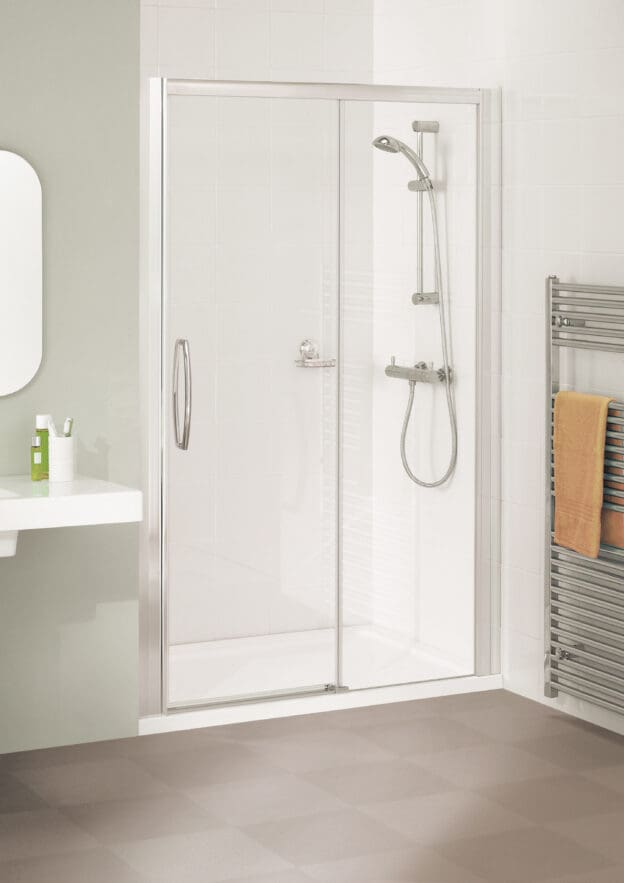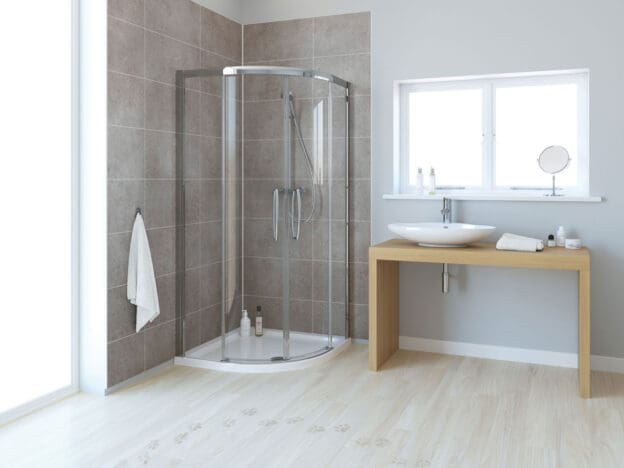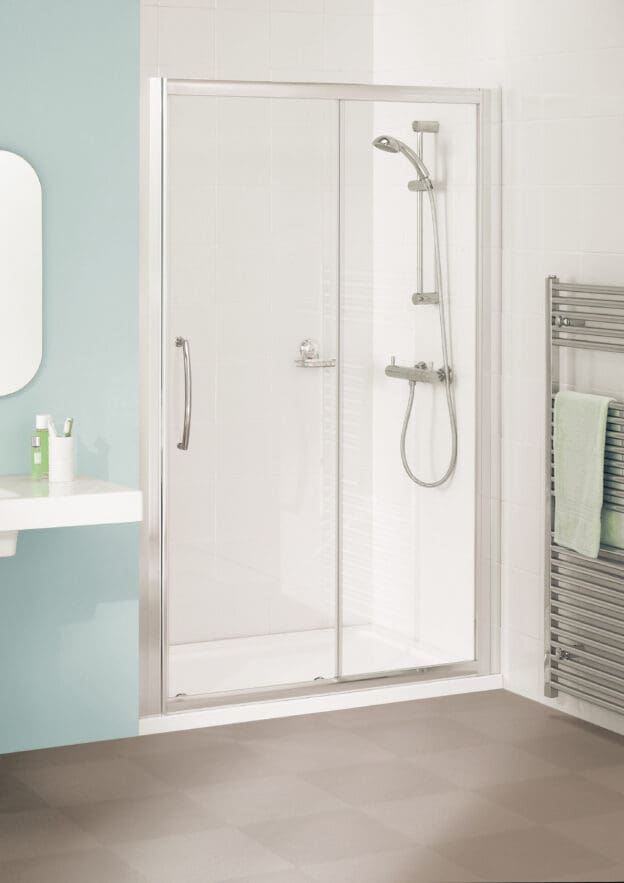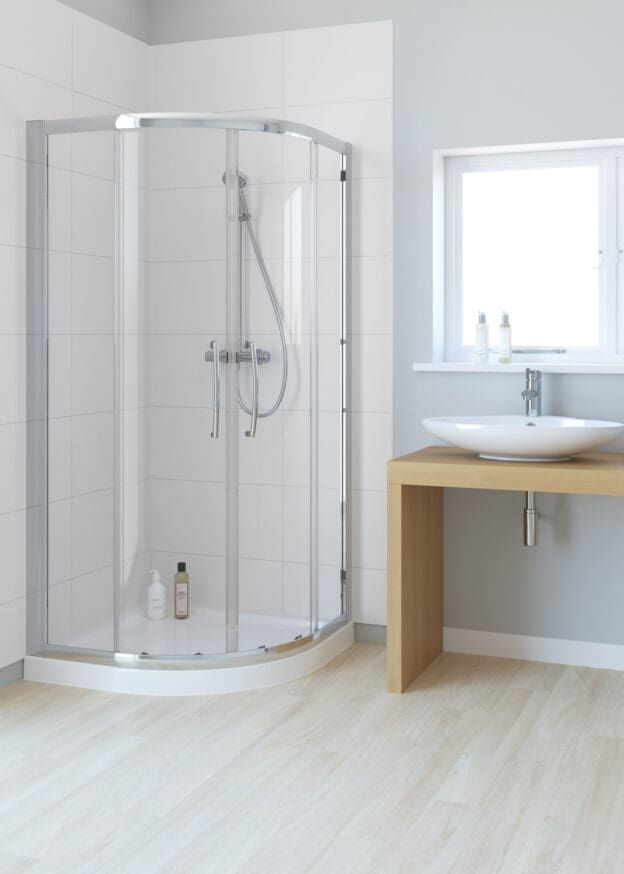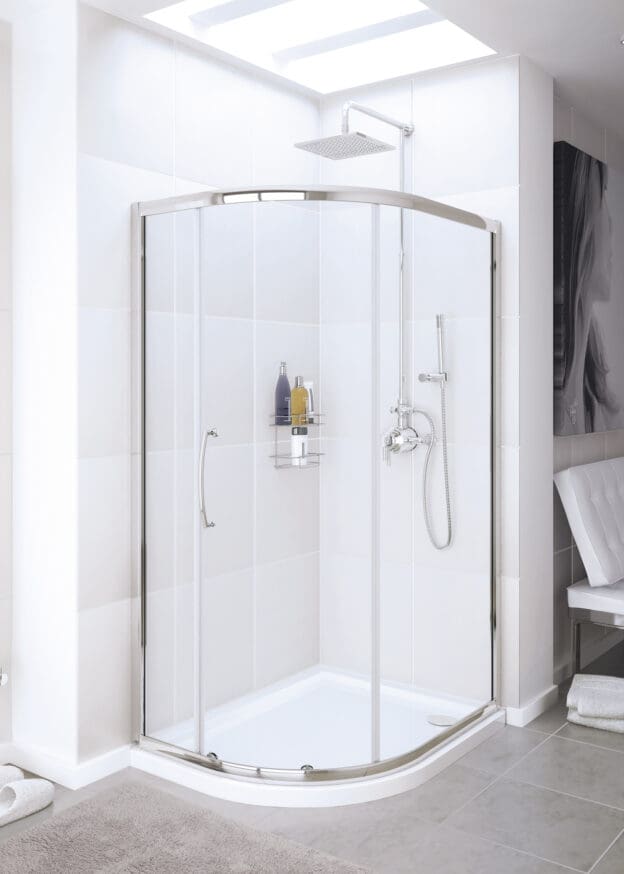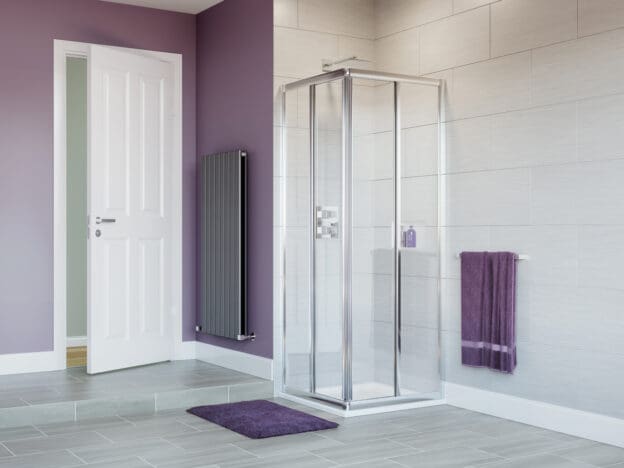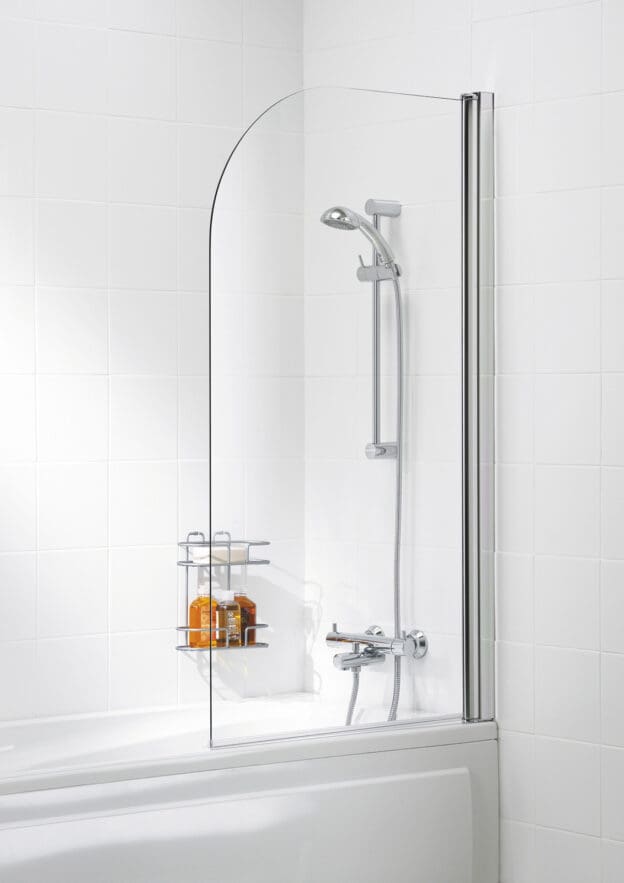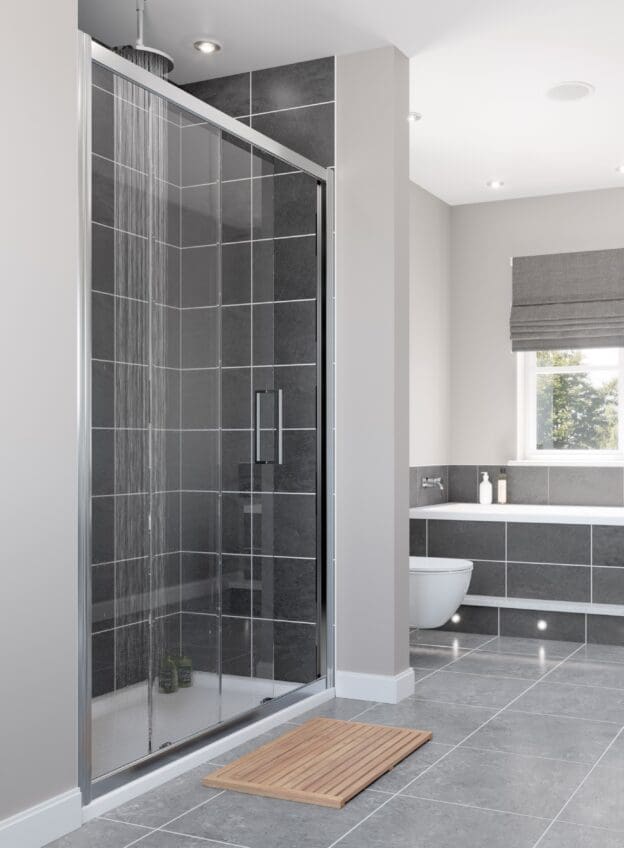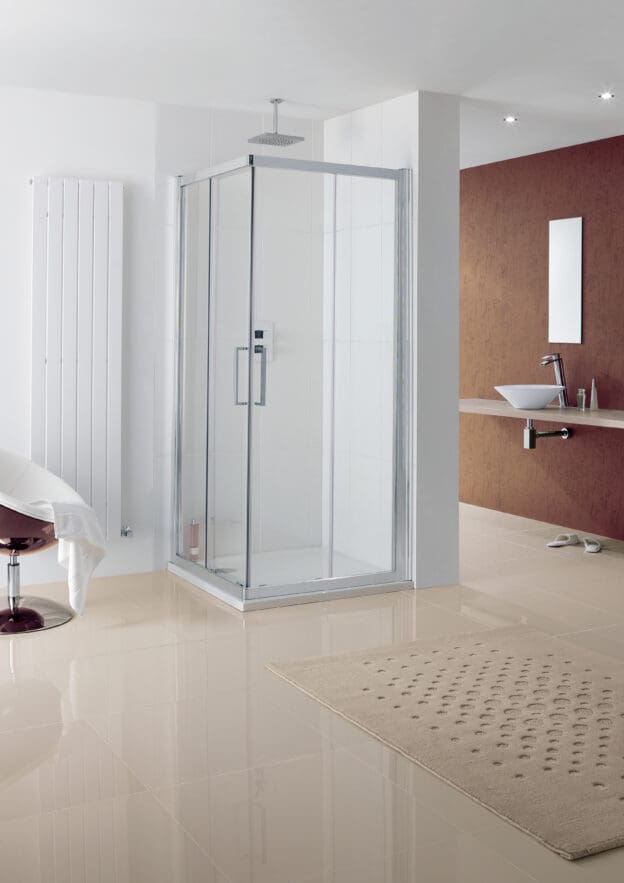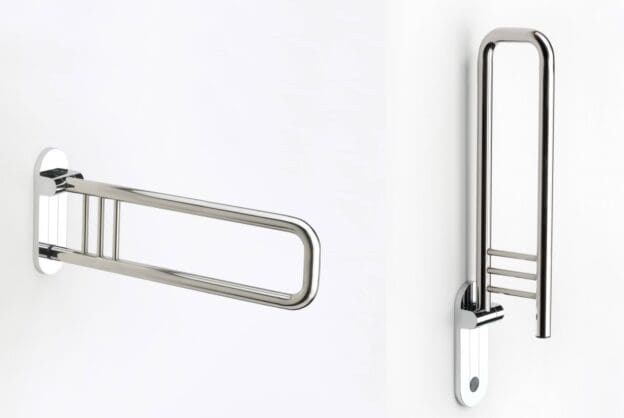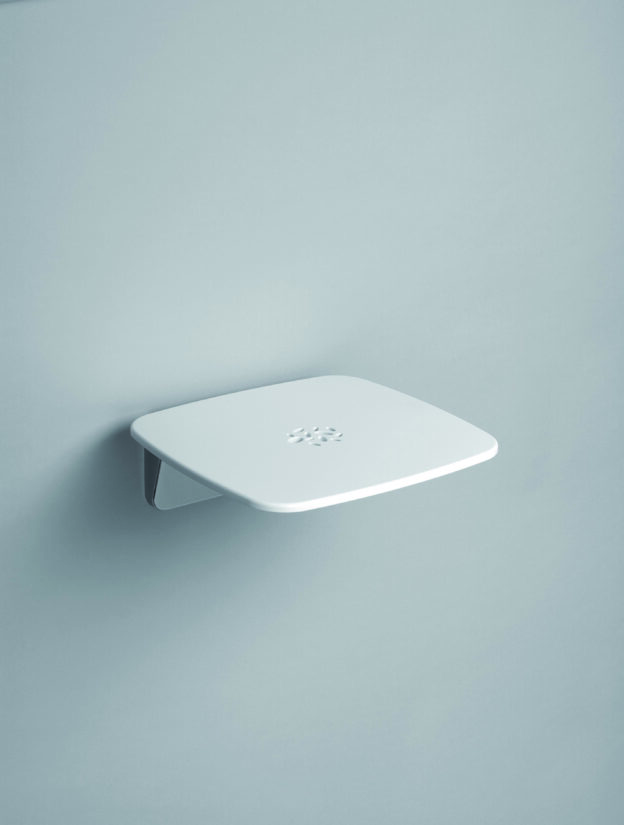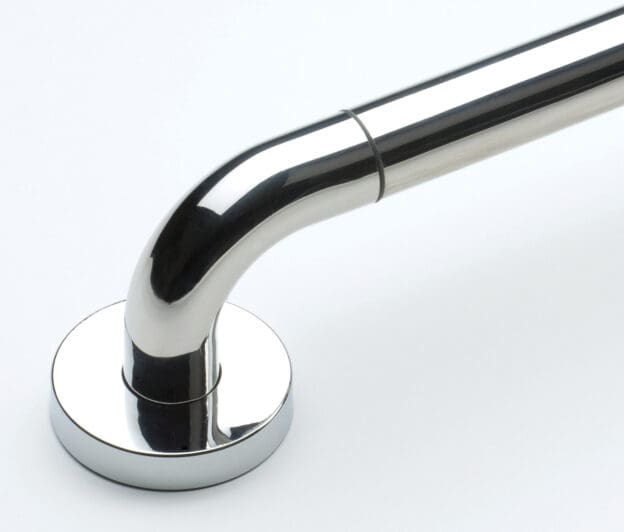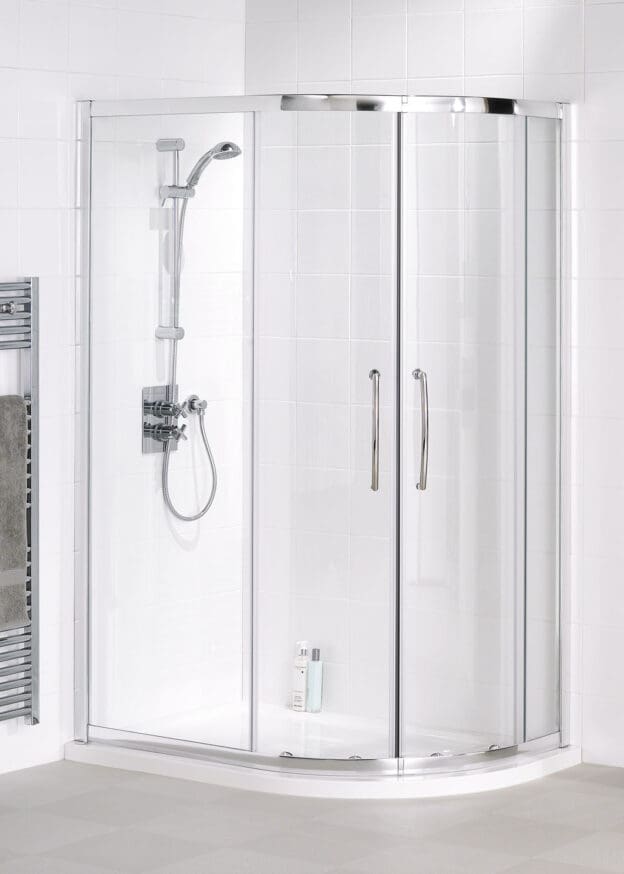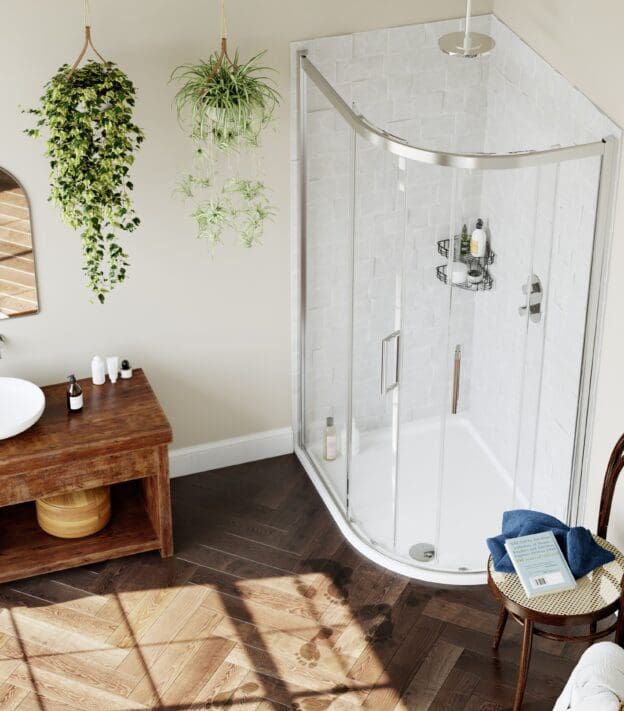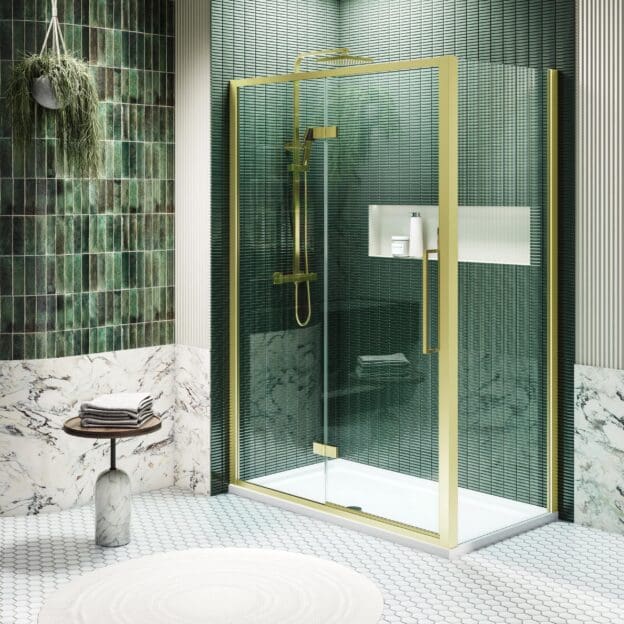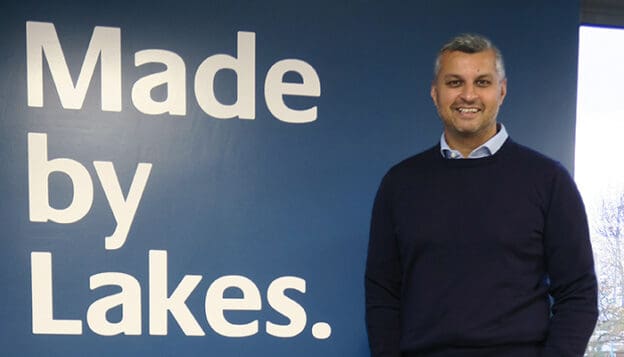People: the key to showroom success
Industry Insights, Sales Support | 09/03/2016A huge amount is spent each year by retailers, manufacturers and merchants in designing and building impressive showroom spaces. These beautiful retail environments not only cost a huge amount of capital, but also have significant operating costs, so how do you make the most of your most expensive showroom asset; your people? In this article, Robin Craddock, managing director at Lakes Bathrooms offers insight into what other leading retailers are doing to make the most of their employees and, in turn, to offer unforgettable service. It sounds simple to deliver a consistently great experience to consumers, but it takes process, effort and rigor, as Robin explains.
In the bathroom business we pay careful attention to how we display our products and how we convince consumers about their lifestyle choices. Point of sale, quality of merchandising, layout and lighting are all essential factors to consider and will undoubtedly influence the showroom visitor’s experience. However, there’s one thing in the showroom that will make the ultimate decider between a sale and a lost opportunity – the staff it in.
This sounds obvious, but you’d be amazed how often it’s ignored. Recruit for attitude so that you have people who enjoy interacting, who are positive and purposeful. Once you’ve got the right team, invest your effort in leading them well and recognise and reward their effort. Observe carefully and give them specific feedback, both positive and constructive – and do that in addition to regular praise and thanks. If you keep your team motivated and enthusiastic they will radiate this to your customers and we buy from people we like.
There’s a great concept called ‘FISH Philosophy’ (you can find online) which advocates four key behaviours: ‘Choose Your Attitude’, ‘Be There’, ‘Make Their Day’, ‘Play’. It’s worth considering how this could be used to lift the energy and atmosphere in the showroom. We all know how it feels to be in an interesting and engaging environment, it makes us want to stay and to be part of things, so this can be used to stimulate and retain great staff, who, in turn, will build the customer relationships your business needs for success.
Every showroom owner or manager has a sense of the journey that they want the visitor to go on. From initial enquiry to placing an order or buying a product, there are known steps. Make sure you define this process and share your expectations about each step of the story with your staff. The ‘customer journey’ is regularly talked about by the giants in high street retail and you don’t have to look far to see behavioural descriptors that safeguard the experience. These should chart each step from ‘warm welcome’ to ‘friendly farewell’ and be clear about what staff need to do to reach the standard required for every component to work and flow, ultimately building to a complete and memorable experience.
Plan how your staff will build their product knowledge, their design expertise and inter-personal skills. Beyond formal training programmes, ensure that you keep this development alive in the showroom with daily team meets to start the day, where you share updates and energise. Product knowledge quizzes can encourage people to learn and retain information, plus it’s a playful way to bring some healthy competition in. Your suppliers should be only too glad to come in and run demonstrations and training, so capitalise on this support. You might also select product champions for certain areas of the showroom or product range that can support their colleagues with additional expertise.
When it comes to the so-called ‘soft skills’ in the showroom (actually they’re the hard things to get right), it really helps to have a customer-focused process. Consider how easy it is for a customer to do business with you and how easy it is for a member of showroom staff to help that customer. Walk the process through and look for any ways that you can improve it. Usually the experts will be the showroom staff and listening to their suggestions for process improvement will validate their value and use front-line understanding to make your systems work for the customer.
A critical part of your process should be when and how you capture customer data. This unlocks the potential beyond the current sale and will allow you to keep in contact with them in order that you maintain the relationship and enjoy loyal custom in the future. Make this as effortless as possible, but be consistent on capture.
The best way to sell to any customer is to find out as much as you can about them and what they want. Then it’s a simple job of matching what you have to what they want, whilst looking for opportunities to upsell if there’s something that they hadn’t considered, but fits their needs. The classic example is “Do you want fries with that”, or in our industry “Do you want a shower tray with your enclosure?” Complimentary products, such as a mirror or cabinet, can add value to a sale, so help the customer think of everything they will need to make their bathroom product a success. Plus you might be able to cross-sell into other areas, so whilst they’re equipping their new en-suite, would they also like to upgrade their family bathroom? To get this to work, discuss with your showroom team what questions they would ask to help customers get everything they need from you.
One of the rarest skills in the retail environment is the ability to close without overwhelming the customer. This demands careful observation of buying signals, such as when the customer’s language shifts towards commitment; eg, “What’s the delivery time on this?” Something as simple as asking for a price, enquiry about a warranty, checking sizing or availability can all be indicators of intent and that’s the signal to listen for. This is when to gently work towards the close and test how ready the customer is. An example might be “How would this work in your bathroom?” or “Where would you want this to sit in your design?” The answers to this sort of trial close question will give a clue on how close the customer is to ordering or buying. Once they’re ready then the confidence is required to close the deal; “So if I can supply this in 48 hours, you’d like to order?” Whilst customers need time to think and make decisions within the buying process, they also need help to move on and finalise.
